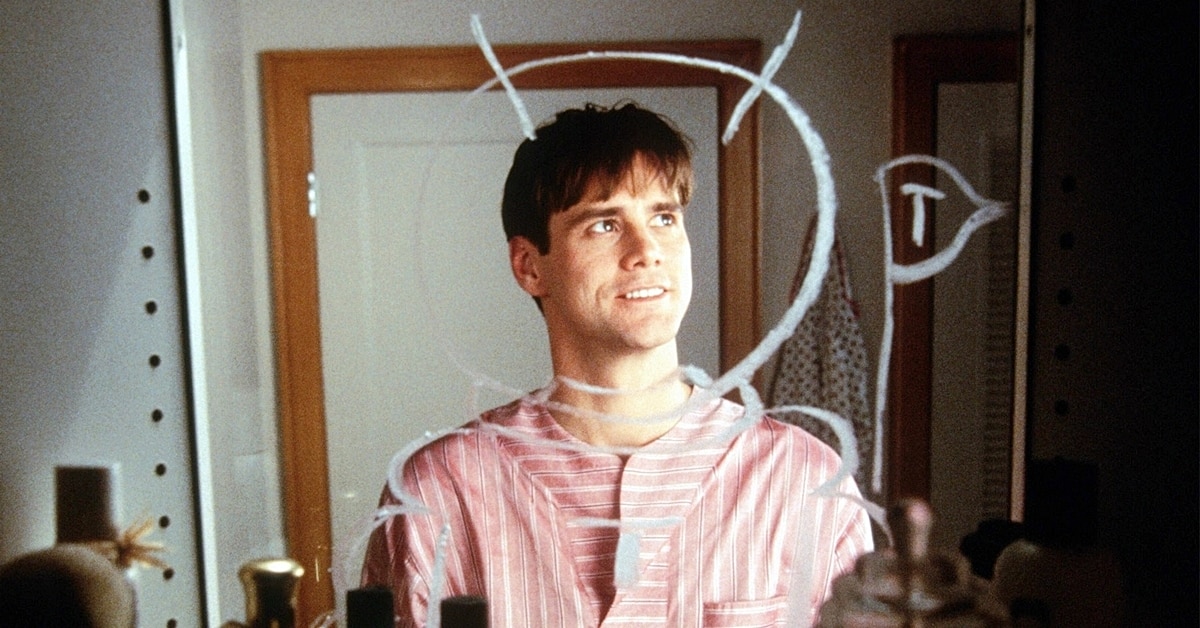“Good morning, and in case I don’t see ya, good afternoon, good evening, and good night!”
Some films are products of their time, and some are ahead of their time. Somehow, The Truman Show (1998) is both. Directed by Peter Weir, the film sees Jim Carrey flexing more of his dramatic acting muscles, though not without dashes of that classic Carrey big-face comedy, at the height of his 90s stardom.
The Truman Show’s themes of surveillance, and celebrity and consumer culture are as true today – if not truer – than they were when the film was first released. So, without further ado, let’s delve into 20 behind the scenes facts about a film that ends up going behind the scenes itself!
20. It may have taken its plot from an episode of The Twilight Zone

The Twilight Zone is a seminal sci-fi show that originally aired under the iconic watch of Rod Serling from 1959-1964, and has been revived many times since, including as recently as 2019 with Get Out director Jordan Peele.
[rtk_adunit_top]
So it’s no surprise that this cornerstone of American science fiction ended up inspiring a dystopian classic like The Truman Show, but you might be surprised to learn just how directly the film recycles the ideas of the TV series.

The main inspiration for The Truman Show seems to have come from the 64th episode of the show, which aired in April 1989 (just under ten years before Peter Weir and screenwriter Andrew Niccol’s film released).
[rtk_adunit_middle]
The plot follows everyman John Selig, who discovers a camera behind his bathroom mirror. A repairman hastily reaffixes the mirror, but under questioning reveals that John’s life is an entirely fabricated TV spectacle that airs for 24 hours a day.

John confronts the network manager, but after receiving a pile of fan mail and significant royalties from the show, he decides instead to continue the charade and gives up his quest for privacy – it’s definitely a more downbeat ending than in The Truman Show!
[rtk_adunit_bottom]
19. The screenwriter wanted Robin Williams to star

It’s fascinating to imagine how different a film could be with different actors, and it’s even more interesting when the film in question is so singularly focused on the life of one man. And it’s even more interesting when you consider that the role eventually performed by 90s titan Jim Carrey in The Truman Show could have gone to 90s colossus Robin Williams.
[rtk_adunit_top]
Screenwriter Andrew Niccol had originally envisaged Williams in the lead role, and it’s not hard to see why: the Mork and Mindy (1978-82) and Mrs Doubtfire (1993) star had already proved his comedy chops and willingness to work on films that were a little more outside the box.
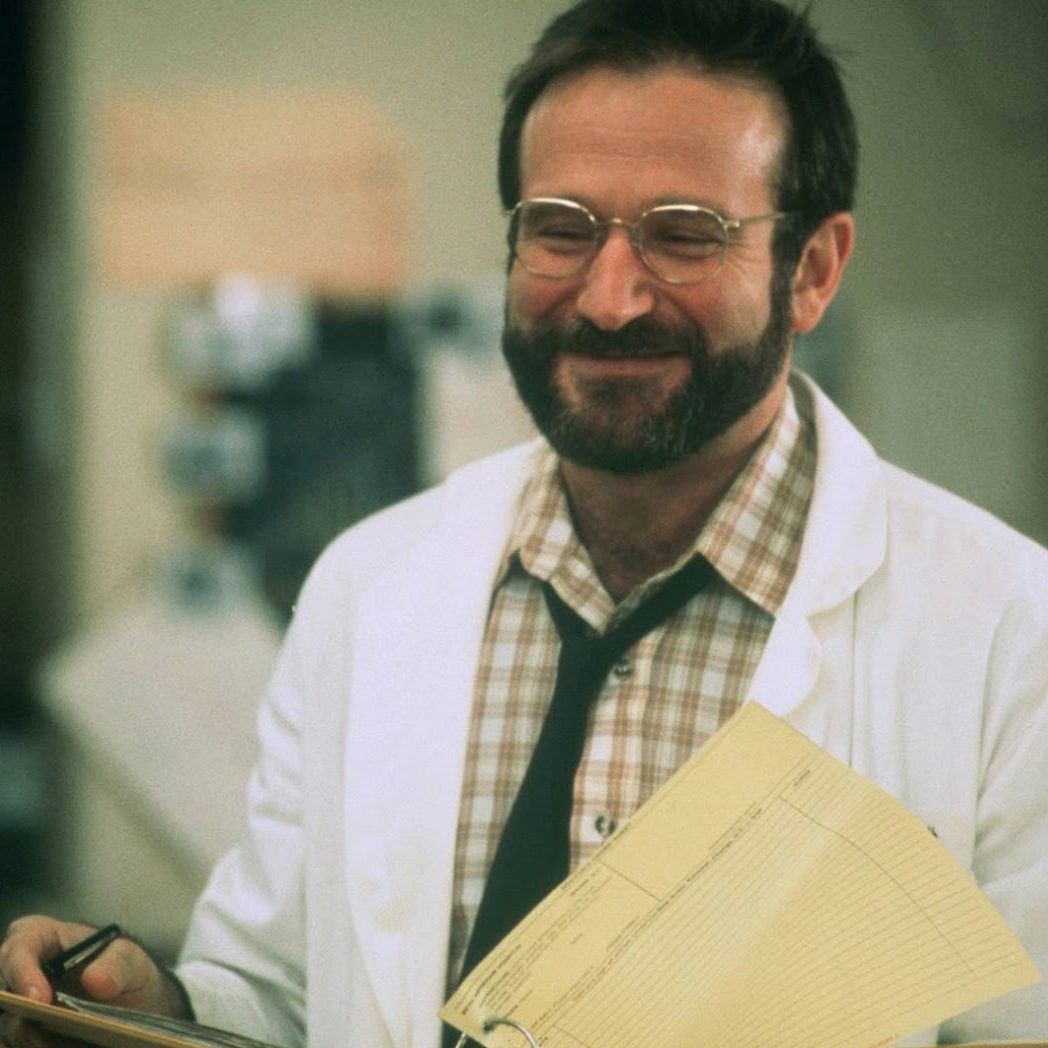
Even better, in a step ahead of Carrey, Williams had already completed his pivot towards more dramatically-minded roles, including Awakenings (1990) and Good Will Hunting (1997).
[rtk_adunit_middle]
Carrey, however, was Weir’s first choice, and was eventually brought in at the director’s recommendation, despite Weir having directed the Williams-led Dead Poets Society (1989).
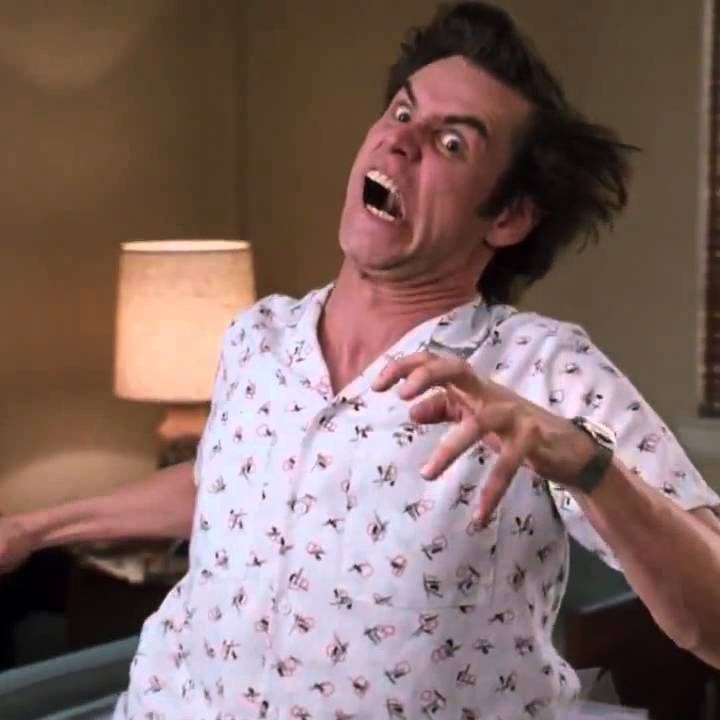
Weir said that he wanted Carrey because he reminded him of Charlie Chaplin, and that name was certainly on the mind of Carrey during filming, who commented in an interview with Entertainment Weekly that The Truman Show “was like a Chaplin thing, with funny characters and whimsy and laughs. But it’s got serious undertones and issues.”
[rtk_adunit_bottom]
18. Brian De Palma was sought to direct
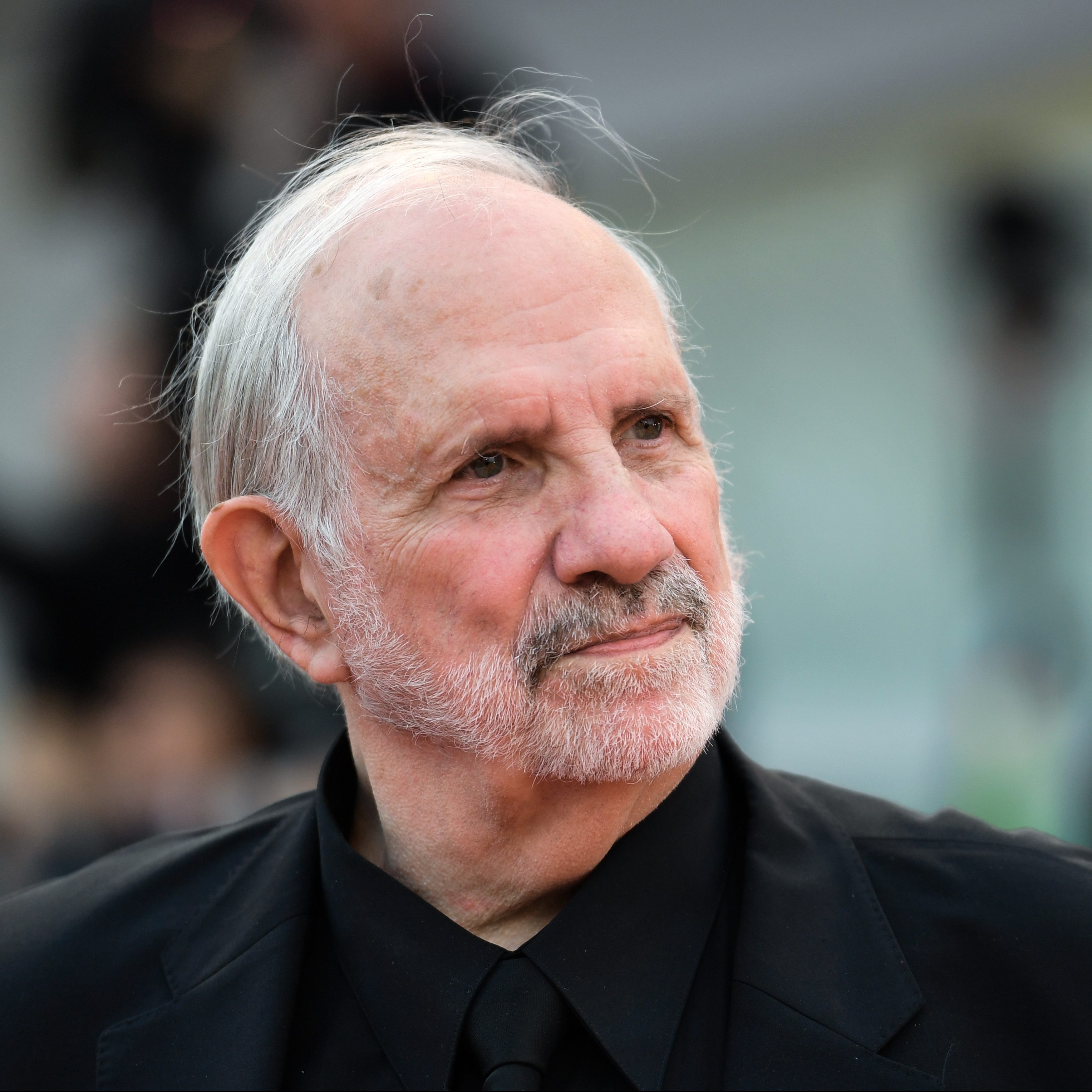
We don’t need to tell you that The Truman Show was a smash hit, grossing $264.1 million from an initial budget of $60 million and being nominated for three Academy Awards (albeit coming away with nothing). But the film’s production was a turbulent one to begin with.
[rtk_adunit_top]
The film was originally developed from a spec script written by Niccol, who was also in the frame to make his directorial debut: producer Scott Rubin had acquired the script for $1 million, and part of the deal with Paramount was to have Niccol sit in the director’s chair.
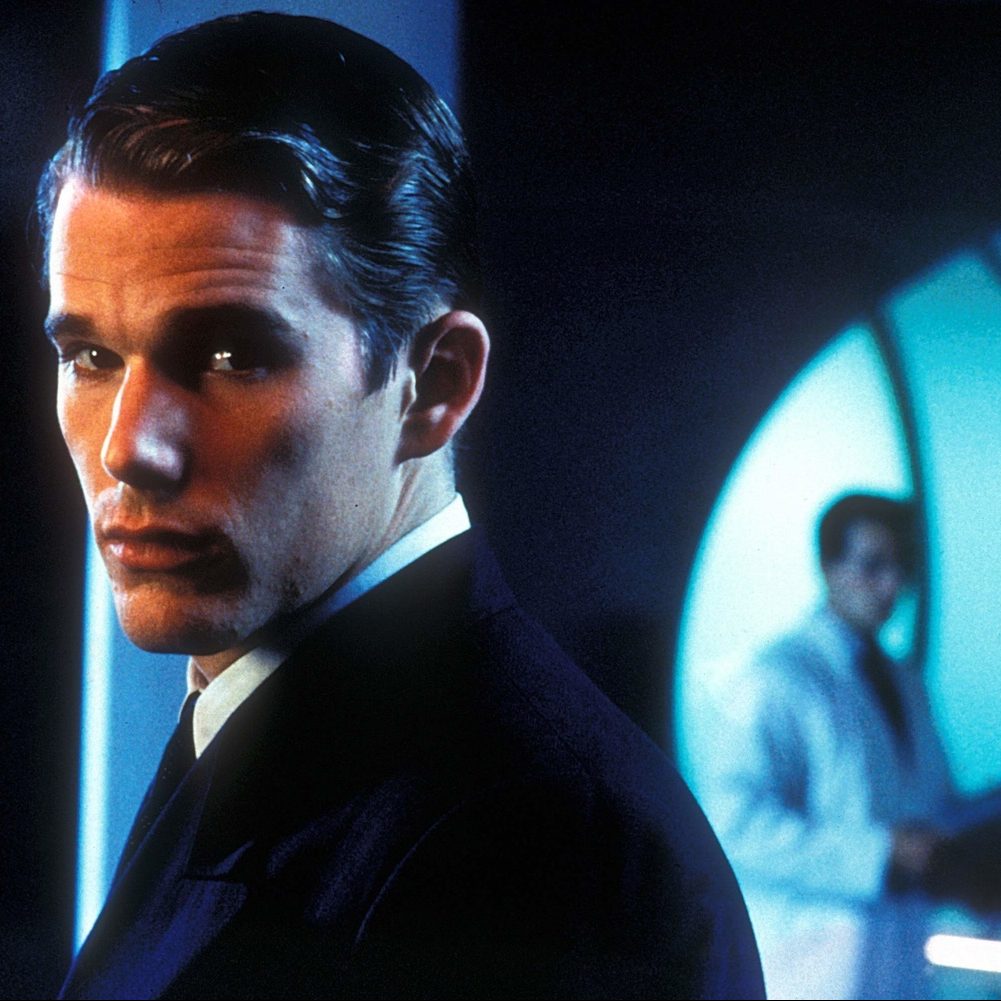
However, rumour has it that the studio was squeamish about handing over a hefty $60-80 million to Niccol, since the film leaned towards a more artsy and less commercial style. In defence of Paramount, Niccol’s directorial debut, Gattaca, later bombed at the box office.
[rtk_adunit_middle]
The studio instead expressed a preference for a so-called ‘A-list’ director, and even paid Niccol extra to not direct the film. Brian De Palma, of Scarface (1983) fame, was Paramount’s initial choice, but negotiations fell through after De Palma left his talent agency.

Other directors considered were Steven Spielberg, Tim Burton, and Terry Gilliam. Eventually, Peter Weir was chosen on Niccol’s recommendation.
[rtk_adunit_bottom]
17. Jim Carrey took an $8 million pay cut to star in the film

In a further demonstration of Paramount’s skittishness, the studio insisted that the film’s initial estimated budget of $80 million be significantly cut. Somehow, Peter Weir would need to find $20 million of savings, and raiding the piggy bank just wouldn’t cut it.
[rtk_adunit_top]
Given that Carrey was at the height of his stardom, his standard fee at the time was $20 million. Now, Weir could have cut Carrey from the film entirely and made all the necessary savings in one fell swoop, but we’re going to go out on a limb and suggest the film would have turned out a little differently as a result.

However, Carrey did agree to take an $8 million pay cut. That did, of course, leave the actir with a respectable $12 million left over, but it’s nonetheless an indication that it wasn’t just the money that drew Carrey to the film.
[rtk_adunit_middle]
For someone who has a standard fee, Carrey has played surprisingly fast and loose with his self-imposed demands throughout his career. For the right film, Carrey is more than willing to be paid dramatically less, especially in the case of I Love You, Philip Morris (2009), for which he only earned $200,000.
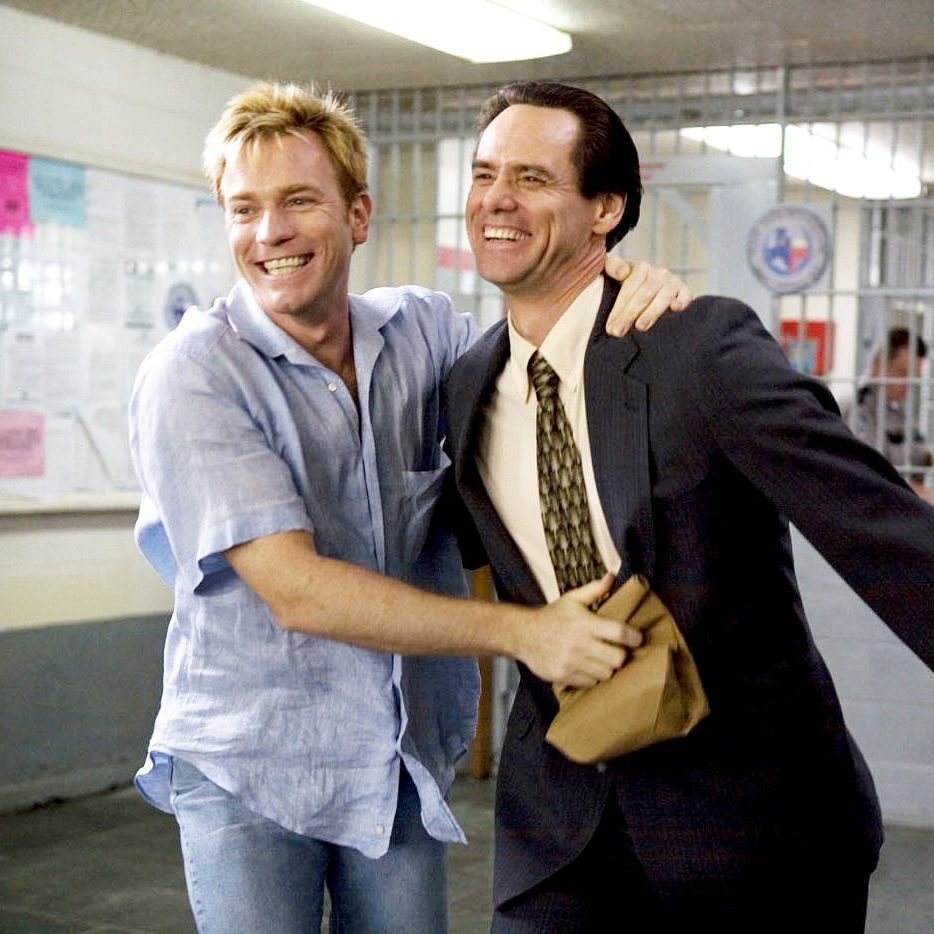
“There are very few scripts that I would come across that I would pay to do and this was one of them,” said Carrey of The Truman Show. “I didn’t mind taking a big salary cut. I’m here to do extreme and interesting things.”
[rtk_adunit_bottom]
16. Dennis Hopper got fired three weeks into shooting the film

Jim Carrey wasn’t the only big Hollywood name that The Truman Show had attracted: originally, Dennis Hopper starred as the TV executive Christof, and even shot some of the film before being replaced.
[rtk_adunit_top]
Rising to fame as the writer-director-star of the 1969 counterculture classic Easy Rider, Hopper had subsequently experienced something of a bumpy career in Hollywood before making a remarkable 90s revival in films like Speed.
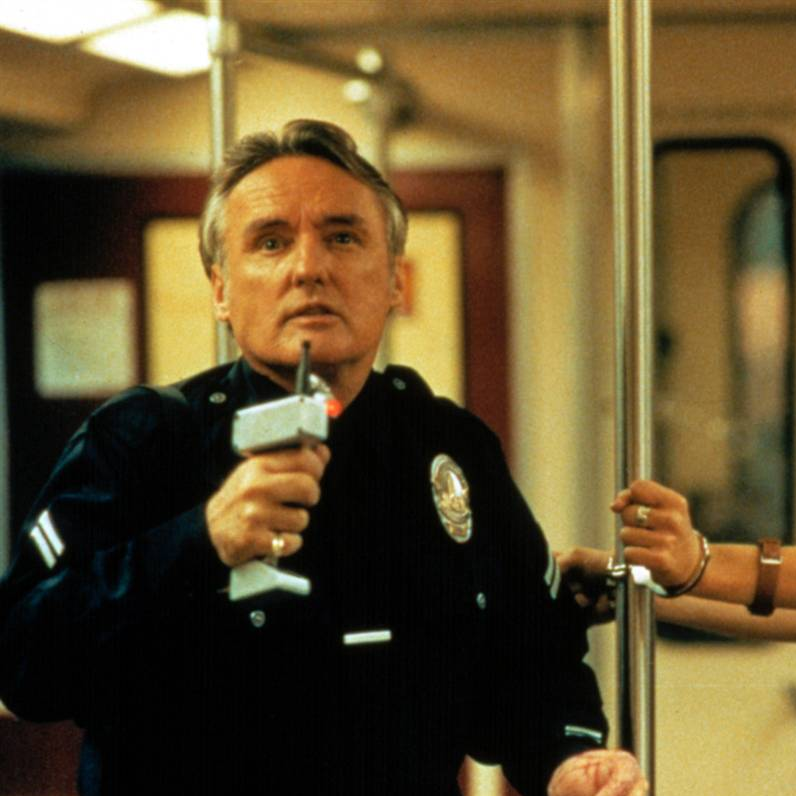
So it made perfect sense for Hopper to play Christof, The Truman Show’s stubborn and conniving TV executive, and the architect of Truman’s misery.
[rtk_adunit_middle]
However, when the time came to film Hopper’s scenes, Weir was unhappy with the performance, and replaced the Easy Rider icon with Ed Harris.
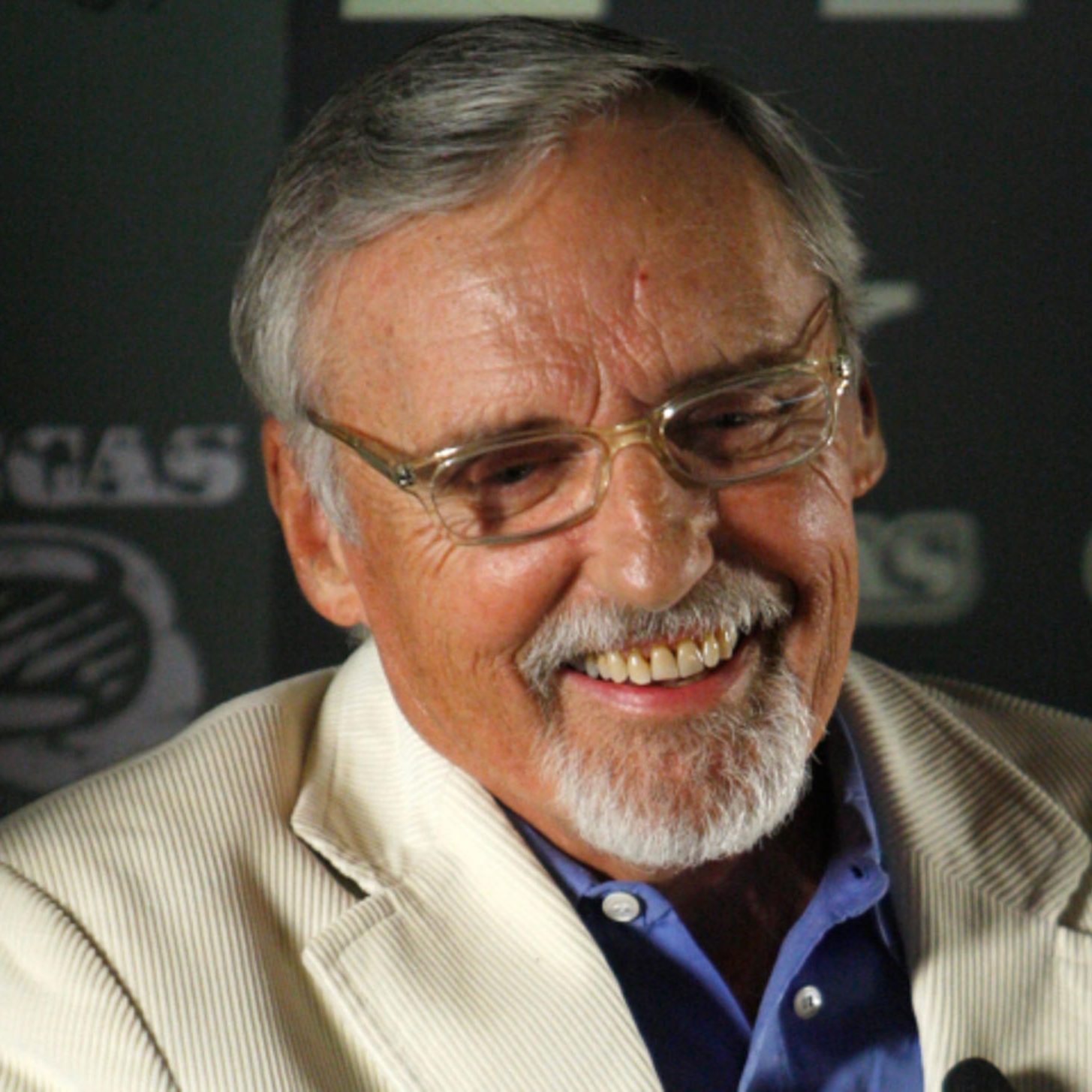
Ultimately, Hopper left the production – whether by his own volition or by being fired – and his version of Christof is, as far as we know, lost to history.
[rtk_adunit_bottom]
15. Jim Carrey and Ed Harris never met during filming

Hopper’s scenes were the last to be filmed, so when he was fired (or when he left), the production was understandably thrown into complete panic mode. Carrey’s scenes had been filmed, but a huge chunk of the movie – the main antagonist! – hung in the balance.
[rtk_adunit_top]
Ed Harris’ involvement in the film was almost by happenstance: two months into filming, on the day that Hopper dropped out, Harris got his hands on a script and dropped by the set to meet Weir.

“That was on a Thursday and I had to start working on Tuesday,” said Harris in an interview with The Morning Call. “And in between I had to fly to New York for a previous commitment. So I didn’t have much time to prepare”.
[rtk_adunit_middle]
Due to Harris’ late entry into the film, all of the scenes with Carrey had already been completed, meaning the two never even met. But it seems like Harris got to grips with his character even without having to directly clash with a protagonist.
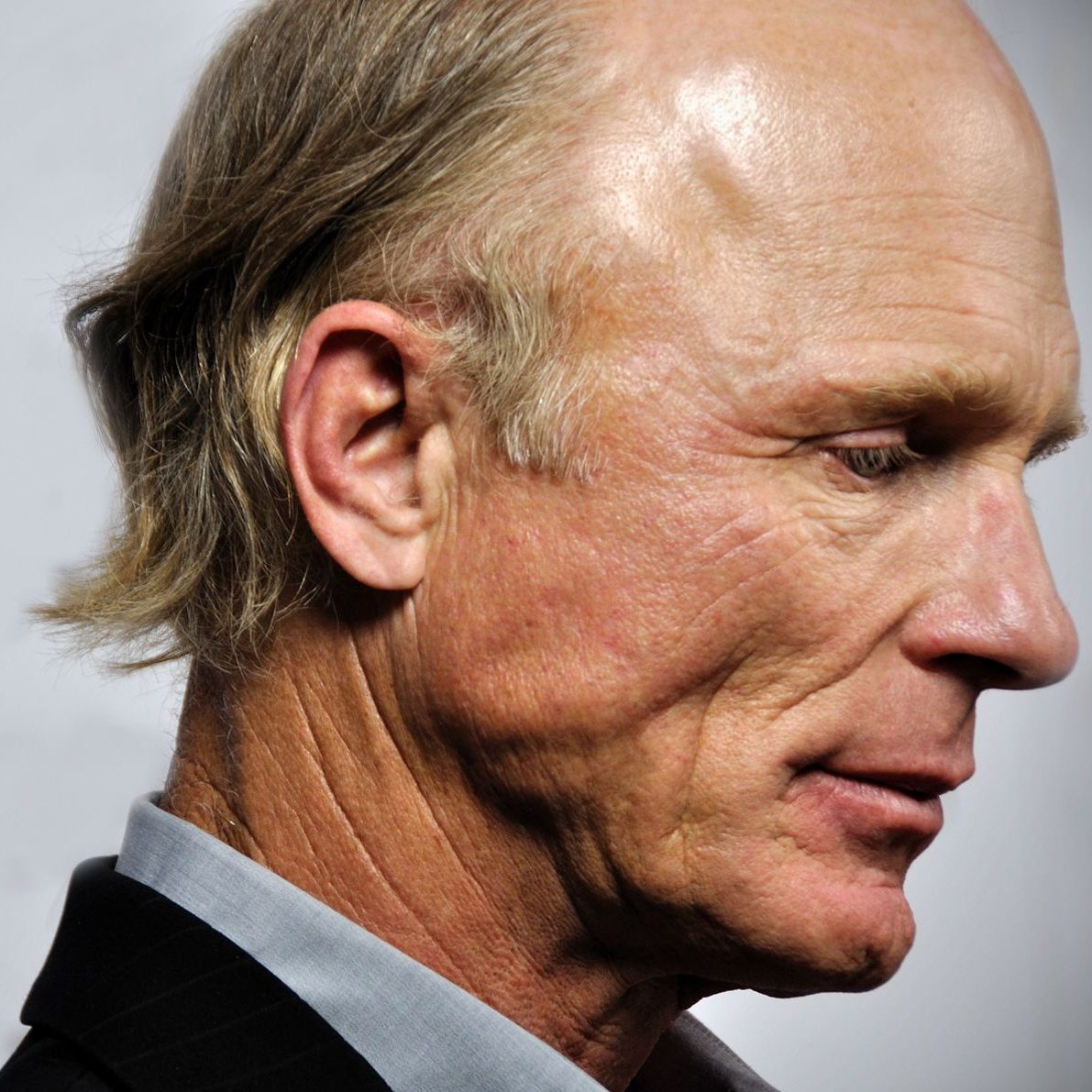
“Personally, I could understand Christof,” Harris goes on to say in the interview. “He builds this whole town for Truman when Truman’s a baby and then he gets immersed in it. It’s not just a job and it’s not just a TV show. It’s his creation. He can cue the sun. He can bring the rains. He feels like God and his ego begins to swell.”
[rtk_adunit_bottom]
14. The film was delayed by a year so it wouldn’t have to compete with Titanic
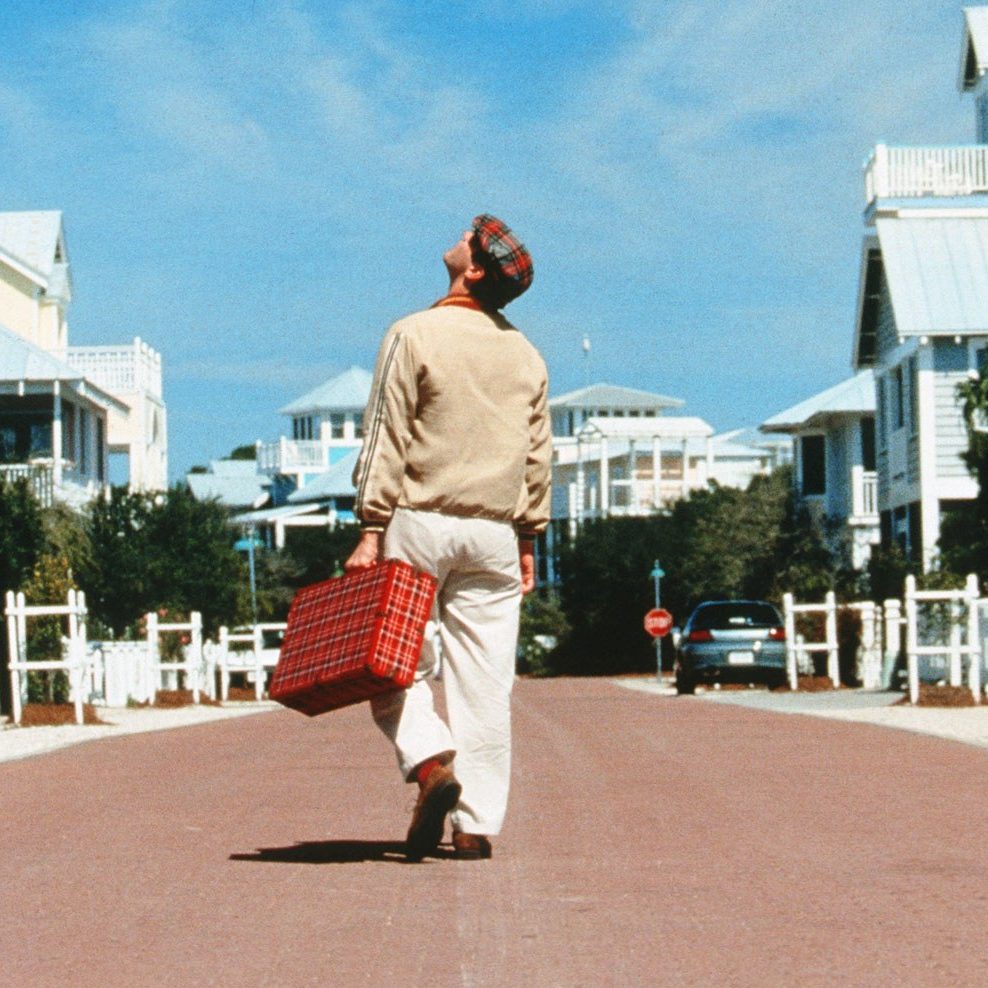
You might not have realised, but cinema scheduling in the late 90s was a nightmare. In fact, it was all-out war between film studios, and which film would go toe-to-toe with which was a major talking point.
[rtk_adunit_top]
Originally, The Truman Show was set to be released on the 8th of August, 1997, but that was certainly a busy summer in Tinseltown. Studios were locked in a stand-off between Speed 2, Men in Black, Con Air and – if that doesn’t sound enough like a clash of the titans already – Titanic.

In the midst of this cinematic free-for-all, The Truman Show (a film less obviously dramatic than high-octane cruise line hijacks and/or sinkings, and very few aliens, if any) was quietly shifted back to a release date around Thanksgiving.
[rtk_adunit_middle]
However, the film was moved back again to a less competitive February opening. And then moved yet again to its eventual July 1998 release.
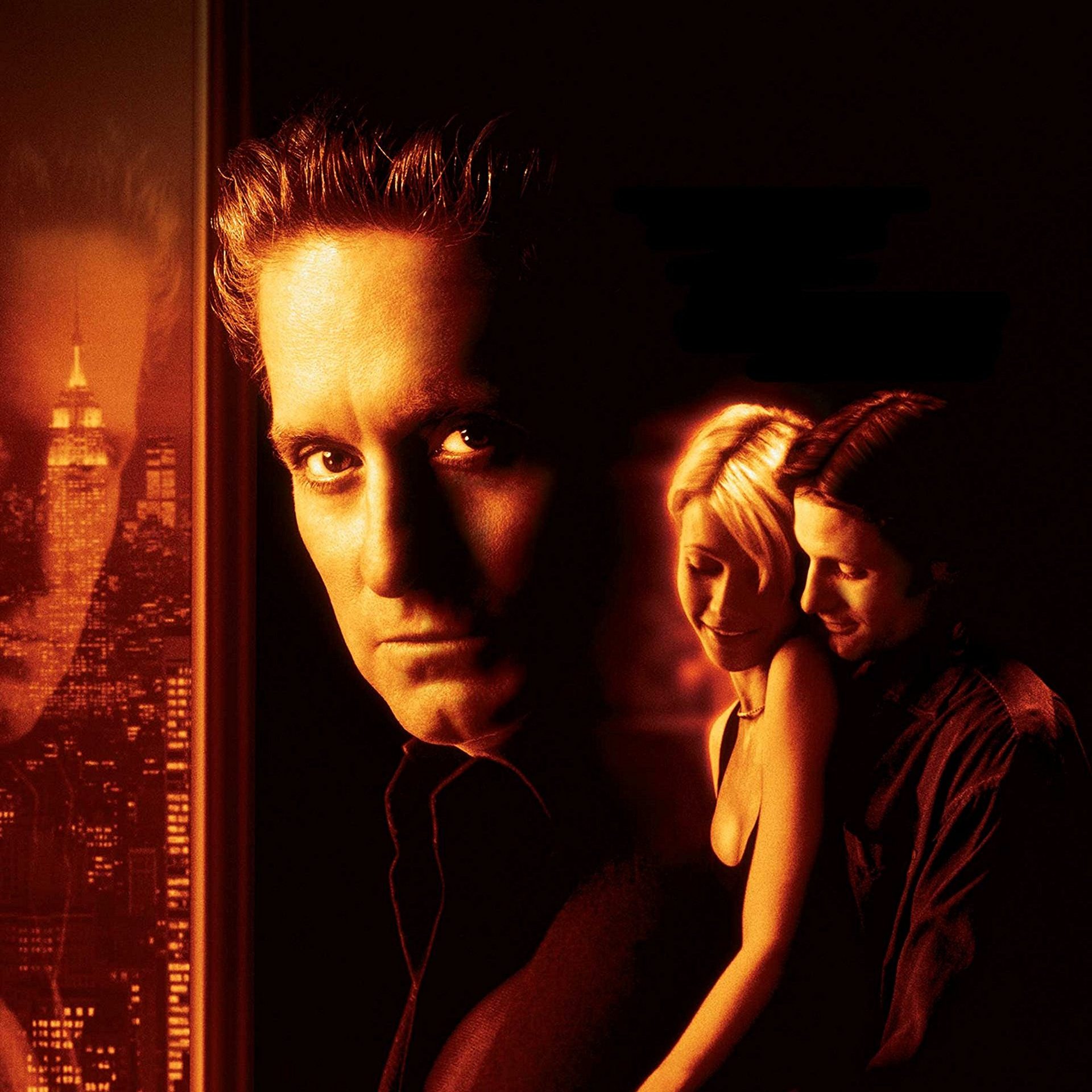
The film that The Truman Show would eventually face at the box office was the Michael Douglas-led Hitchcock remake A Perfect Murder, which received decidedly mixed reviews. It definitely pays to pick your battles!
[rtk_adunit_bottom]
13. Princess Diana’s death may have changed the film

The Truman Show is unmistakably a film about celebrity culture and voyeurism: we’re given access to Truman Burbank’s innermost life, and it’s the most popular show on TV. So it’s no surprise that the film had already started to draw comparisons to Princess Diana even before tragedy struck.
[rtk_adunit_top]
But when Diana was killed in a car crash, while the film was being edited, the film’s themes of invasive broadcasting were brought into further relief.
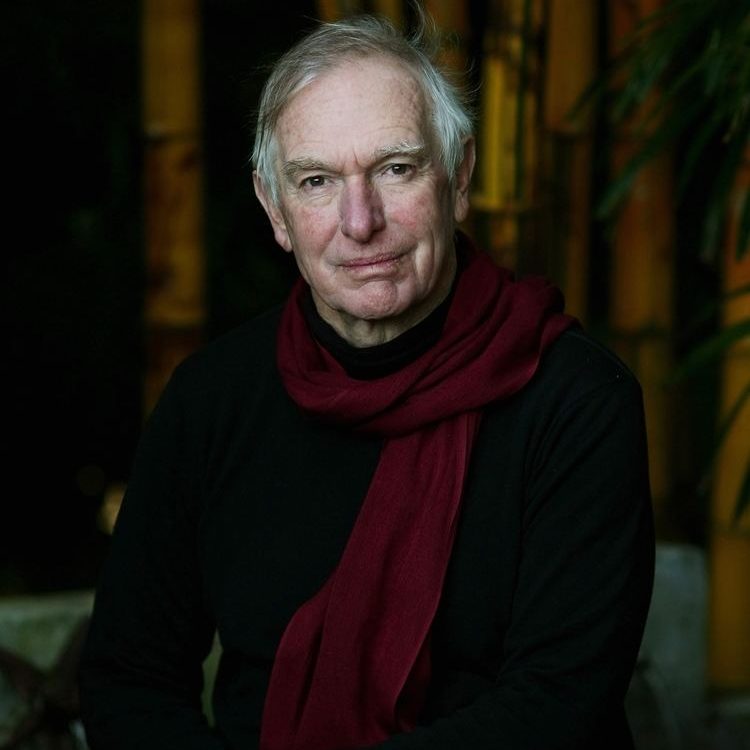
“It was hard not to make comparisons,” said Peter Weir in a contemporary Independent interview. If there had been cameras trained on her that last night, people would have gone on watching. The romantic tryst at the hotel … she’s coming out of the Ritz … and then – oh, my God! – she’s going to die.”
[rtk_adunit_middle]
“It was fascinating to me,” he adds, “the agony the audience was feeling – I call them the audience. Yet the paparazzi were working for them. We are complicit in creating the monster.”

Weir’s interest in audience complicity has led to persistent rumours that he once planned to install cameras in screenings of the film, and have the audience projected on to the screen at certain moments.
[rtk_adunit_bottom]
12. A real-life psychological syndrome was named after the film

For most of us, The Truman Show is just fun and games (and occasional existential dread), but for some people, they really do believe they live in the fabricated reality of the Truman Show everyday.
[rtk_adunit_top]
In a 2008 New York Times article, it was revealed that a particular form of psychosis was gathering speed in the 21st century, and had come to be known by psychologists as the ‘Truman Show Delusion’.
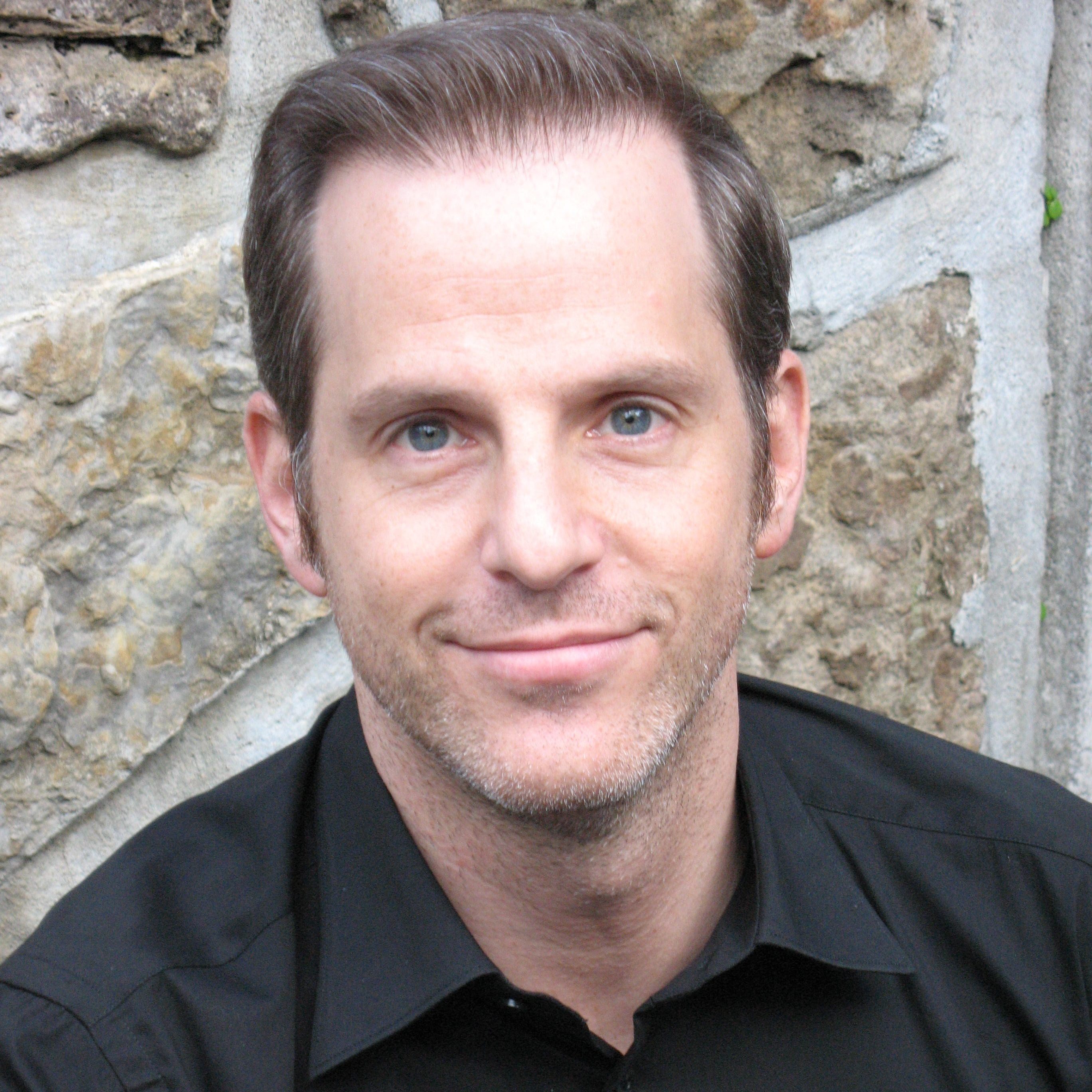
“Most likely these people would be delusional anyway,” said Dr Joel Gold, a psychiatrist quoted in the article who had encountered five cases of the delusion between 2002 and 2004.
[rtk_adunit_middle]
“But the more radical view is that this pushes some people over the threshold; the environment tips them over the edge,” he adds. According to Gold, three of the five cases he encountered made specific reference to the Truman Show, lending credence to the idea that the film almost justifies the delusions the patients experience.
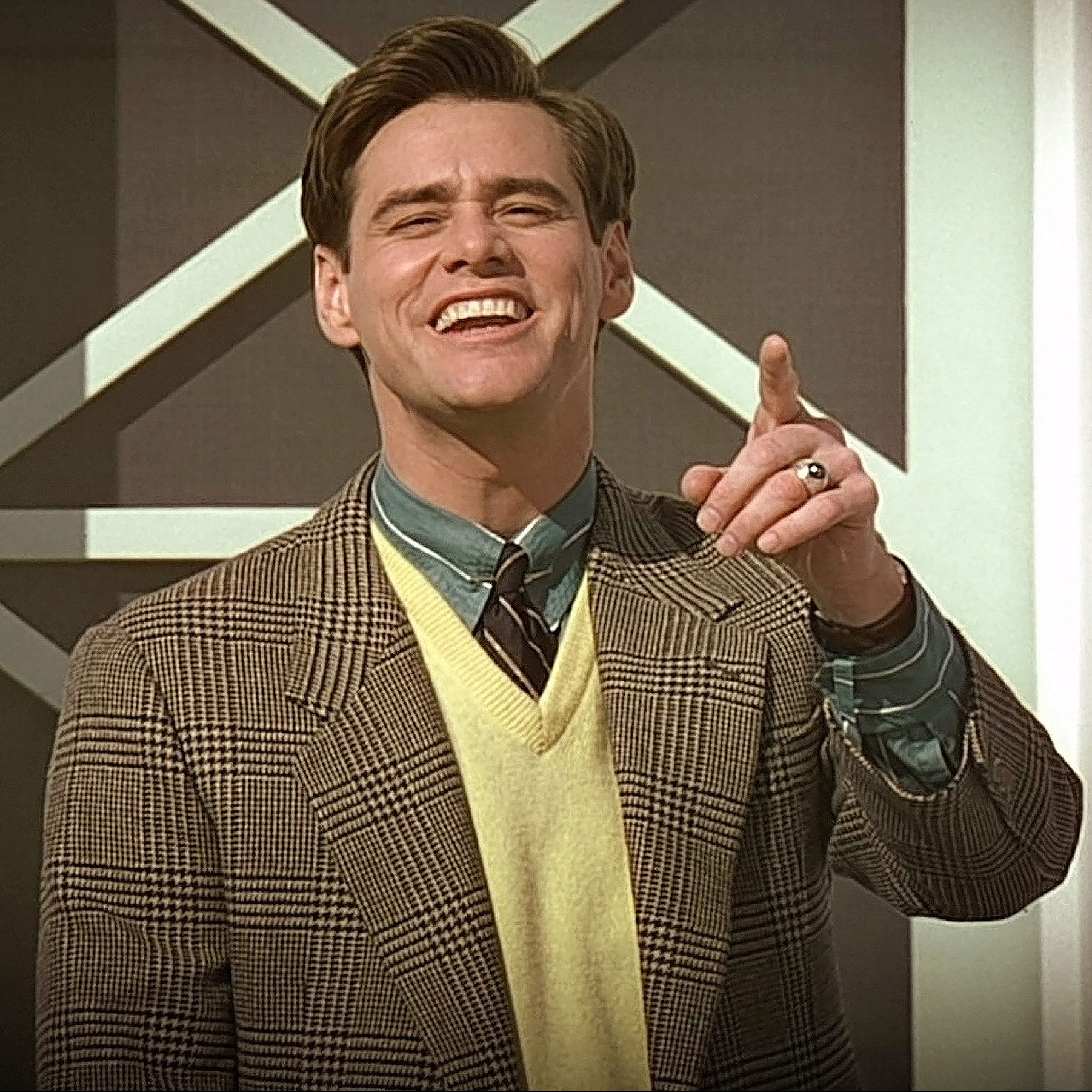
It doesn’t help, of course, that Truman Burbank is right that his entire life is a reality TV conspiracy, and that he’s manipulated by unseen forces.
[rtk_adunit_bottom]
11. The Truman Show Delusion is only getting worse
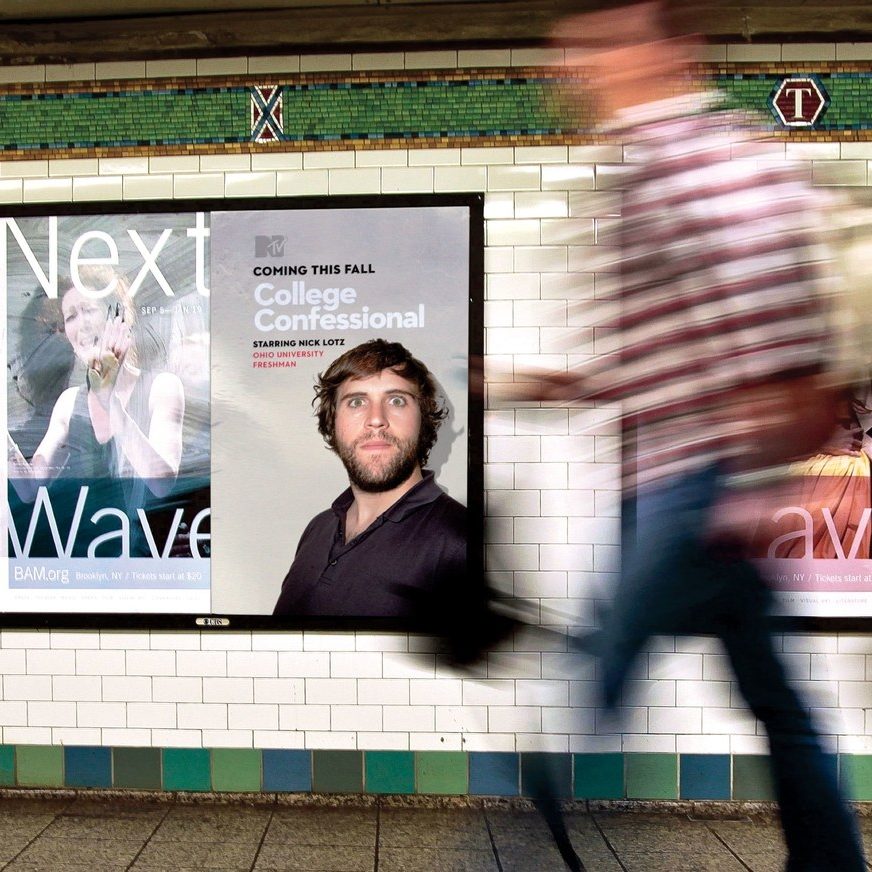
Interest in the Truman Show Delusion reignited after the New Yorker published a 2013 article about ‘Unreality star’ Nick Lotz, portraying his descent into paranoid schizophrenia in stark detail.
[rtk_adunit_top]
“In the spring,” reads the article, “[Lotz] returned home to Hudson, an affluent town between Akron and Cleveland. One evening, his mother, Ann, found him taking apart the thermostat in the front hallway. He was looking for cameras.
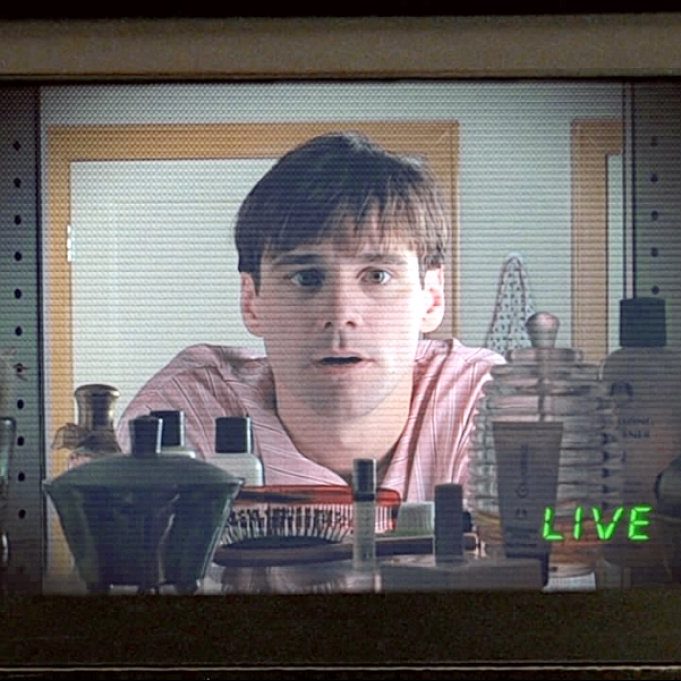
The account goes on to describe how Lotz leaned in to his supposed knowledge that he was living in a reality TV show, taking classes to make him a better ‘performer’ and believing that life was sequenced into seasons: if he called his dad, he’d come and present him with a cheque for $100 million, and the entire ruse would be over.
[rtk_adunit_middle]
Lotz himself was unaware of his condition at first, but learned more on reading an article featuring Dr Joel Gold in 2012; he reached out to him and was subsequently able to access treatment for his psychosis.

In a world ever-more dominated by reality television and the all-seeing eye of social media, psychiatrists are worried that the delusion is becoming more widespread. So let us say it clearly here: The Truman Show is fiction. It’s a great film, but nothing more. Of course, that’s what we’d want you to think…
[rtk_adunit_bottom]
10. The film has been viewed as a religious allegory

If you thought The Truman Show’s themes of technology and modern society were enough to contend with, think again: some have found even more meaning in the film, as one of religious allegory.
[rtk_adunit_top]
Truman, unaware of the higher powers at work, is happy enough with his life until forced to confront the meaninglessness of his existence. Christof, on the other hand, occupies an obviously god-like role, and quietly dictates everything that happens to Truman.

In fact, Truman is sometimes considered a Christ-like figure – or, perhaps, Moses, with the conversation between Truman and Marlon resembling the interaction between Moses and God in Exodus.
[rtk_adunit_middle]
Supporting this theory is the fact that Truman sees a building called ‘Omnicom’, an allusion to the Christian conception of God being omniscient, omnipresent – and now, in The Truman Show, all-broadcasting.

Carrey would go on play with these themes directly in his most successful film to date: Bruce Almighty (2003), in which he assumes the powers of God.
[rtk_adunit_bottom]
9. Carrey improvised several scenes
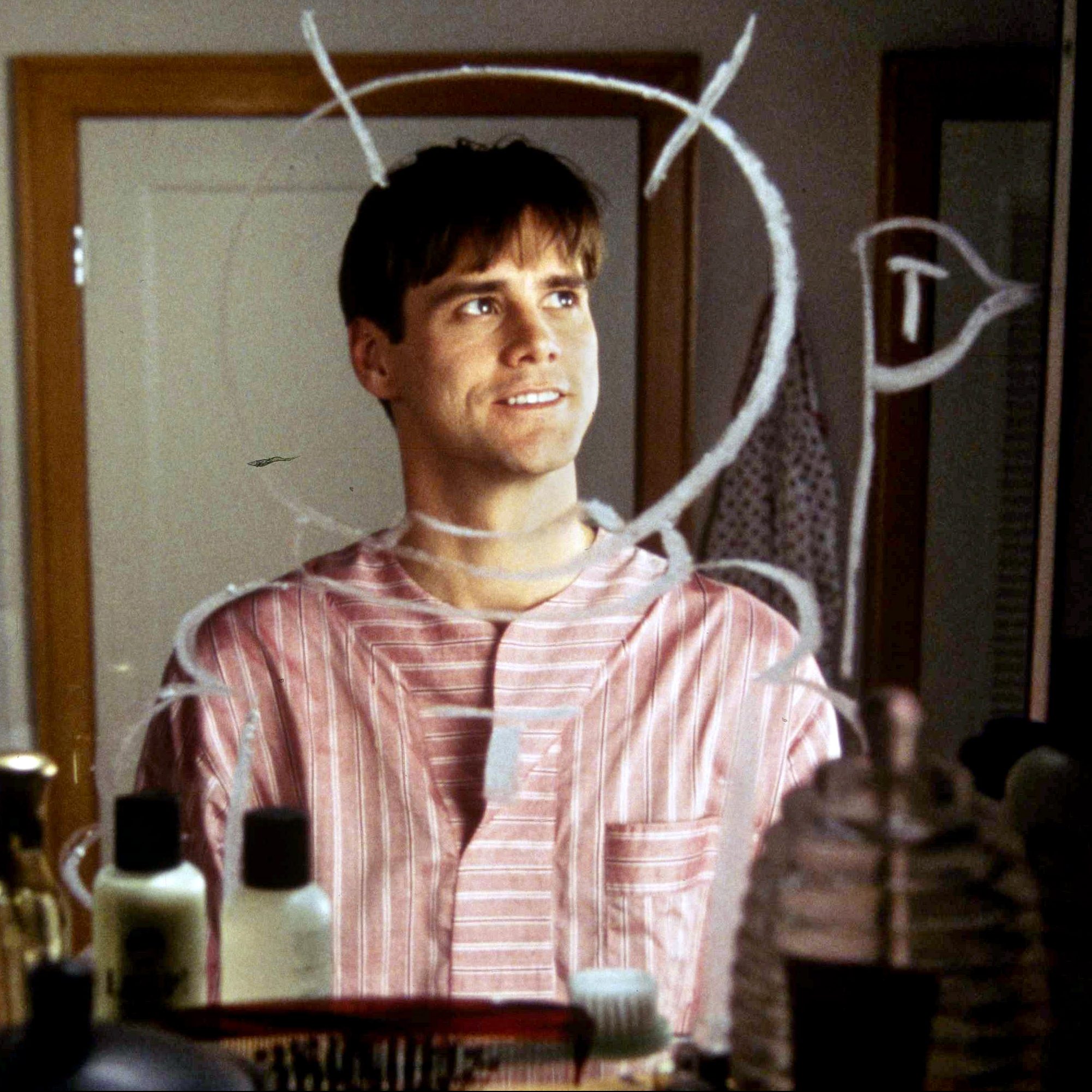
There’s no performer quite like Jim Carrey – and thankfully, for the most part, directors seem to know this, often allowing Carrey to improvise certain scenes or certain lines in order to get an authentic performance out of one of Hollywood’s sharpest wits.
[rtk_adunit_top]
The Truman Show is no exception, with Carrey often ad-libbing and joking around in the film. But what you might not realise is that Carrey was given free rein in one of the most famous scenes of the film.

In the ‘Trumania’ scene, in which Carrey draws an astronaut’s outfit on a mirror with soap and declares the land “Trumania, of the Burbank galaxy,” Carrey is completely improvising.
[rtk_adunit_middle]
While Carrey had predominantly been known for his stand-up comedy prior to his move into acting, he had garnered a reputation for crowd work and had been part of the TV sketch series In Living Color (1990-94).
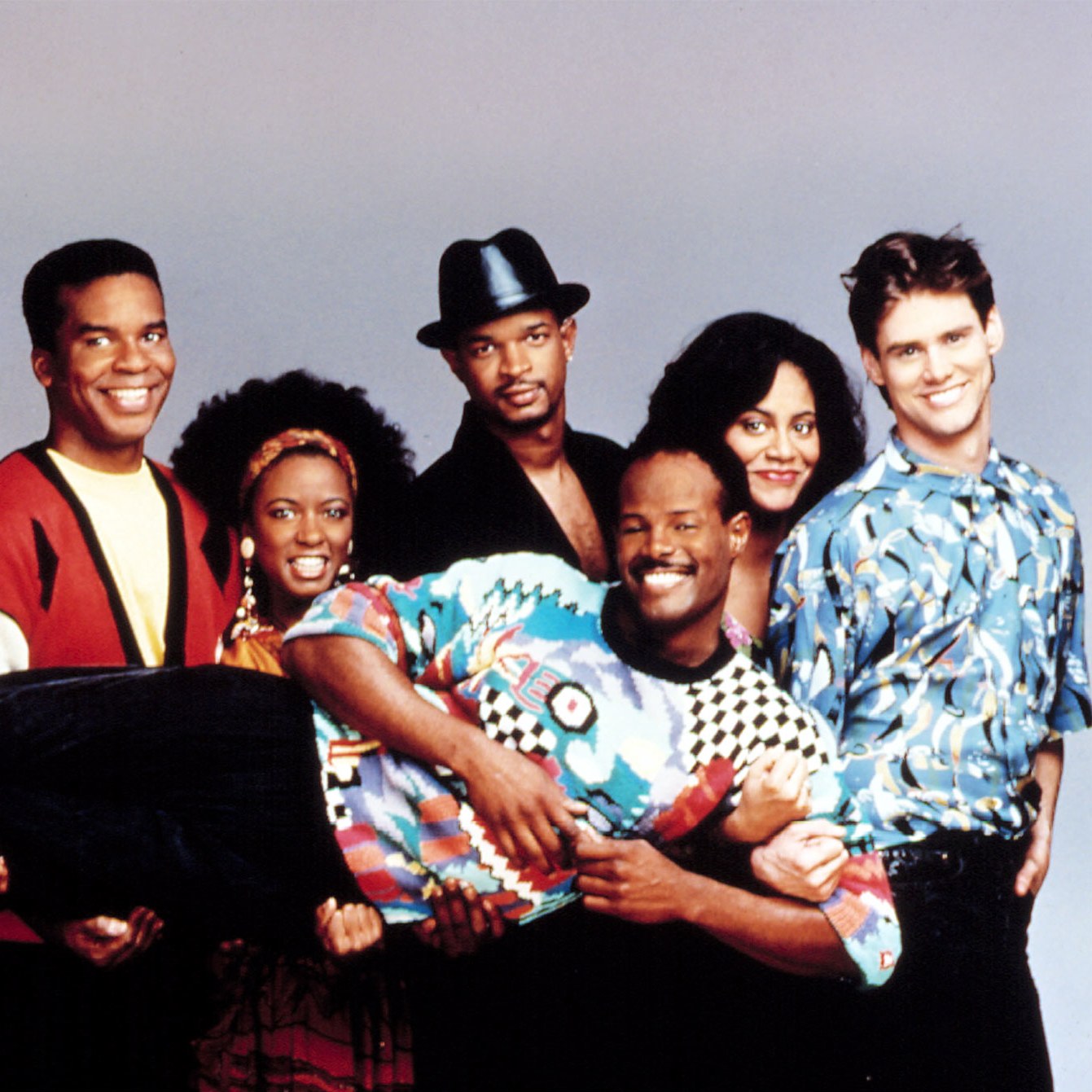
Supposedly, in another version of the scene, Carrey drew long curly hair and a dress on to the mirror and (obviously) acted differently. What we’d give to see the full reel!
[rtk_adunit_bottom]
8. Truman’s fake world is a real town in Florida
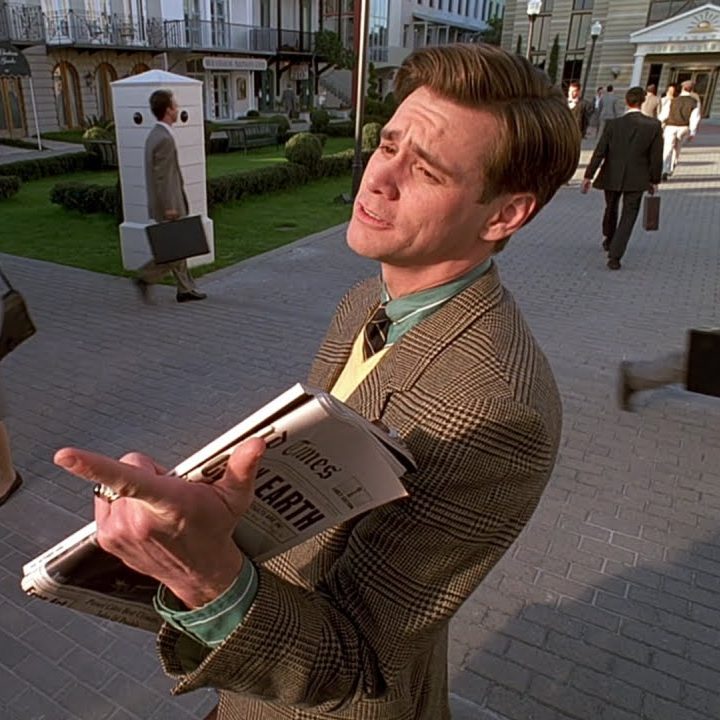
The world in which Truman Burbank lives is fake, and the signs are everywhere – literally. Every street in the fictional town of Seahaven is named after Hollywood stars, from [Burt] Lancaster Square to [Drew] Barrymore Road.
[rtk_adunit_top]
But what’s lesser-known is that Seahaven was deliberately shot in a very real place, just one that doesn’t quite feel real: Seaside, Florida.
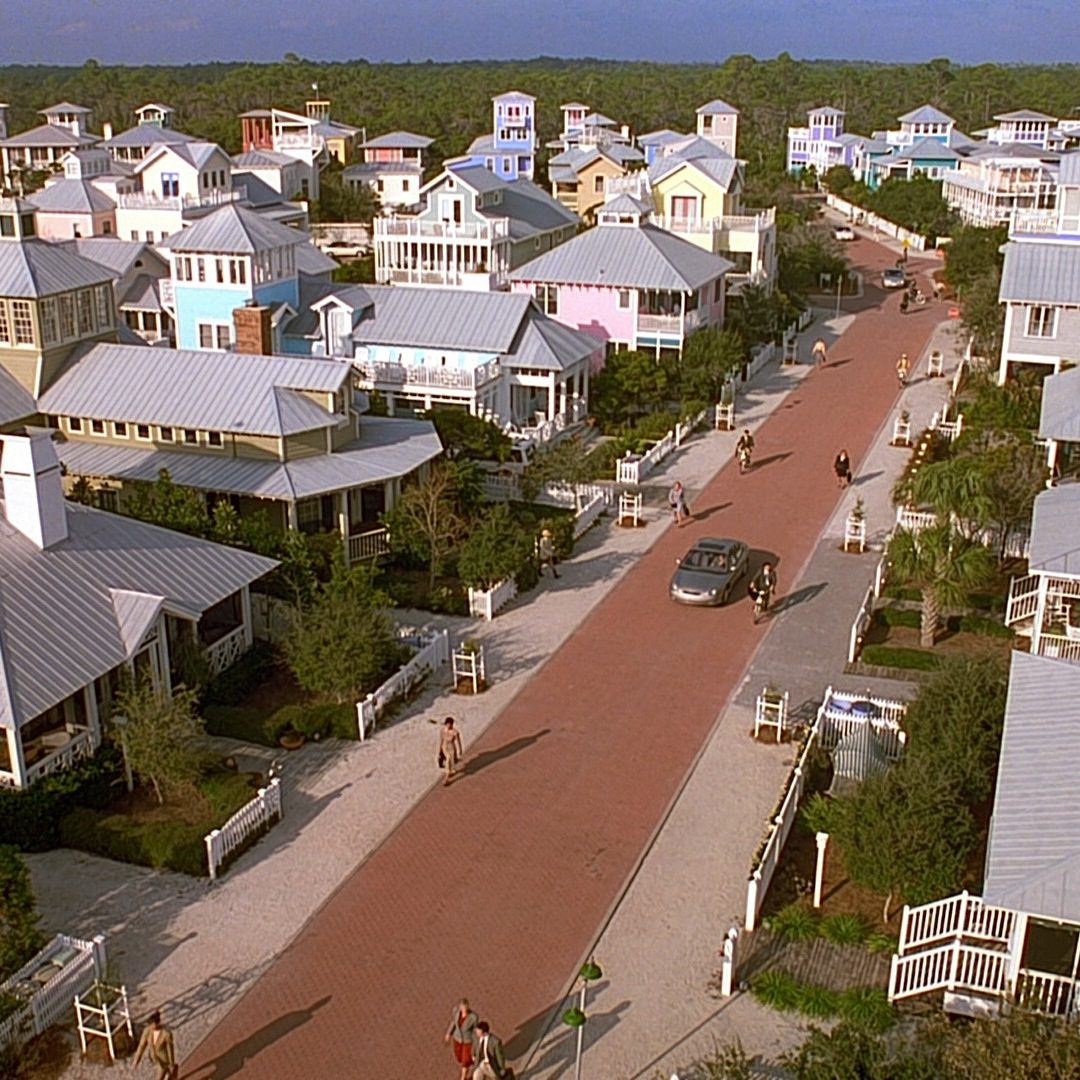
Seaside is a so-called ‘master-planned community’ – or one that was designed from the ground up, rather than springing up organically around natural resources or trade routes like most cities.
[rtk_adunit_middle]
Founded in 1985, Seaside was devised by Robert S Davis after inheriting 80 acres of land from his grandfather; Davis and his wife built themselves a small home and gradually constructed the entire community around them.

The couple actually appear in the film, too, sitting at a picnic table. Seaside is today an archetypal example of master-planning, used as a model by educators and municipal planners the world over.
[rtk_adunit_bottom]
7. A deleted scene reveals Christof wanted to make another show starring Truman’s son
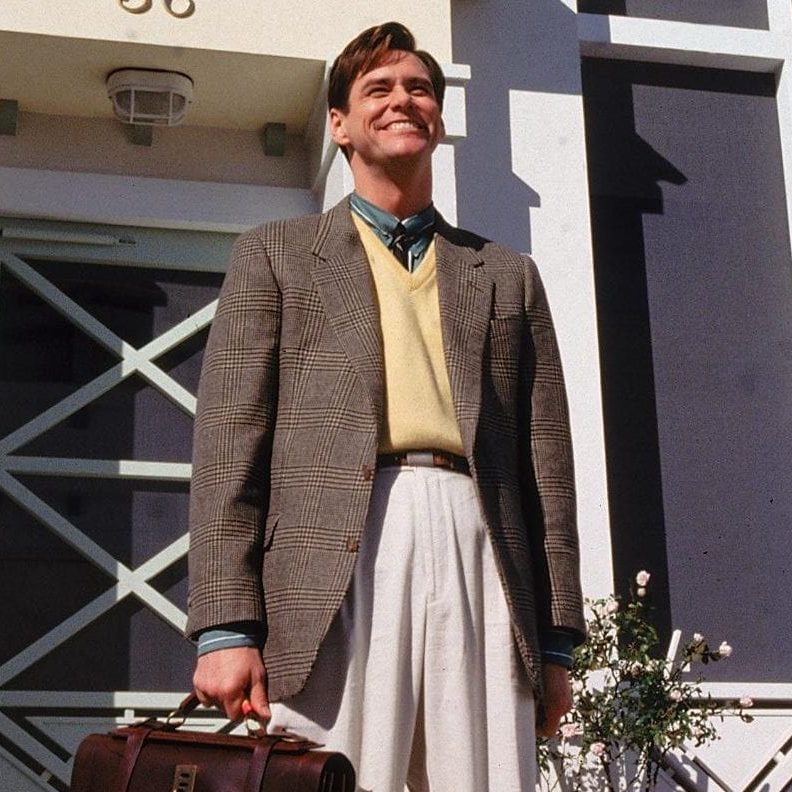
This might take some time to wrap your head around, but within the universe of the film (that is, Truman’s fake life), there was going to be a spin-off series. While the titular Truman Show would still broadcast 24/7 on one channel, there’d be another programme on the flip side.
[rtk_adunit_top]
Revealed in a deleted scene from the film, the spin-off was to centre on Truman’s unborn son, allowing the network to repeat the cycle of manipulation all over again and keep raking in profits.
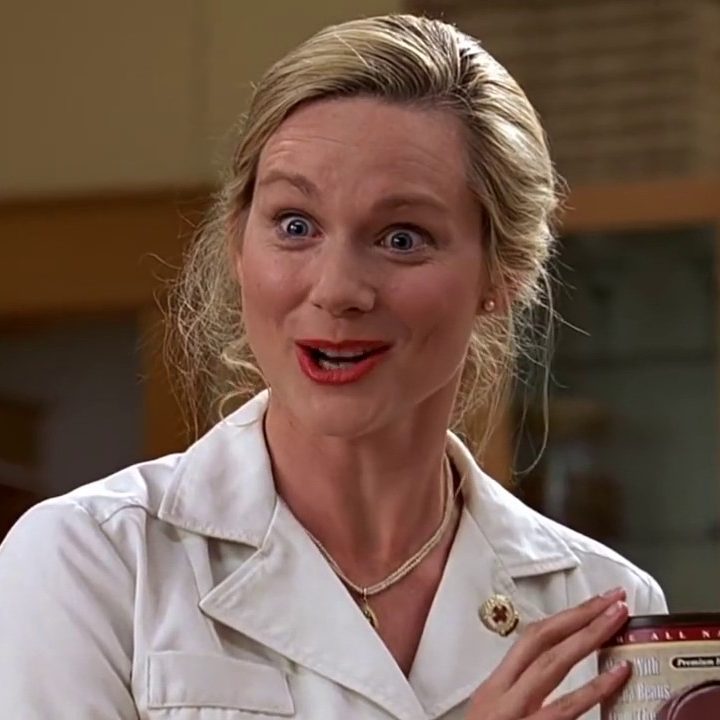
Of course, this plan all went awry when Truman finally figured out he was part of a reality TV show, though it begs interesting questions about what a potential Truman Show sequel might have looked like had Truman never woken up.
[rtk_adunit_middle]
The idea of a spin-off about his son would lead to interesting conflicts with Truman’s wife – she, an actor, would be a central figure in the lives of two people she knew she was duping. But now we’re thinking like those evil TV execs!

Other deleted scenes hint more strongly at Truman’s world being fake, including one in which Truman encounters a jogger, played by the same actor who was homeless and wheelchair-bound only two days earlier.
[rtk_adunit_bottom]
6. The film might have been inspired by Michael Jackson

Without wishing to court controversy, there is a dark connection between The Truman Show and the (disgraced) former pop star Michael Jackson.
[rtk_adunit_top]
The sources for these claims are somewhat rocky, and the quotes that will follow derive from a video interview purportedly conducted with Peter Weir that is no longer available – very possibly due to the allegations made against Jackson, and the interviewee attempting to disentangle himself and his film from words that seem quite out of place in our current climate.
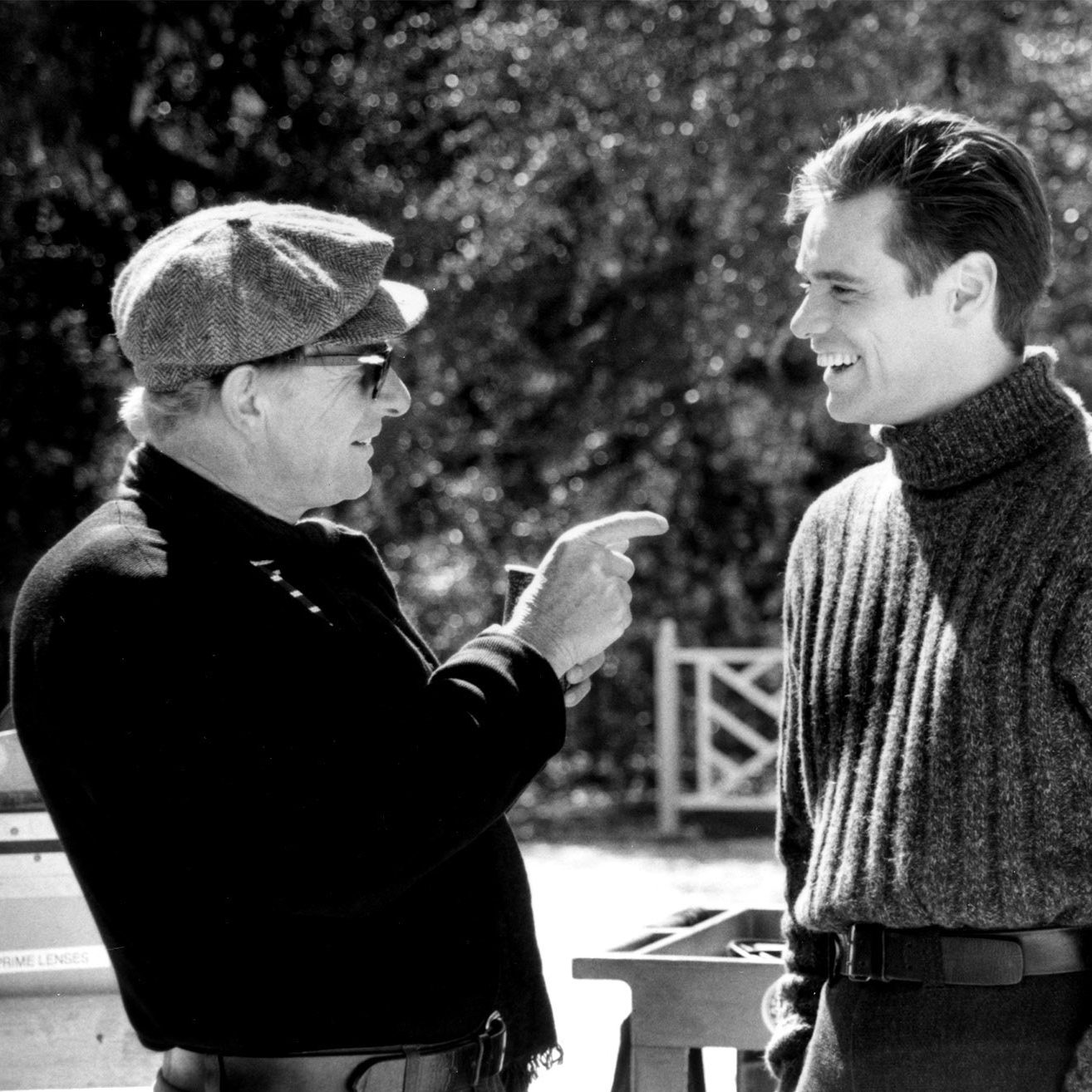
“With ‘The Truman Show’ and ‘Simone’,” Peter Weir supposedly said. “My intention was to leave a message to the public. If you see ‘The Truman Show’ and, I mean, Jim Carrey did a fantastic job, Michael Jackson is Truman … The connection between Michael and Truman is simple – both have a heart and are treated by people as objects in the world of entertainment.”
[rtk_adunit_middle]
It’s worth noting that the likelier subject of the interview is Andrew Niccol, who worked on both films, rather than Weir, as the article claims. Whoever it is, the ostensible view of Jackson as a persecuted media figure was certainly a more popular view 20 or even ten years ago than it is today, in light of new evidence, and would not have been considered beyond the pale at the time.
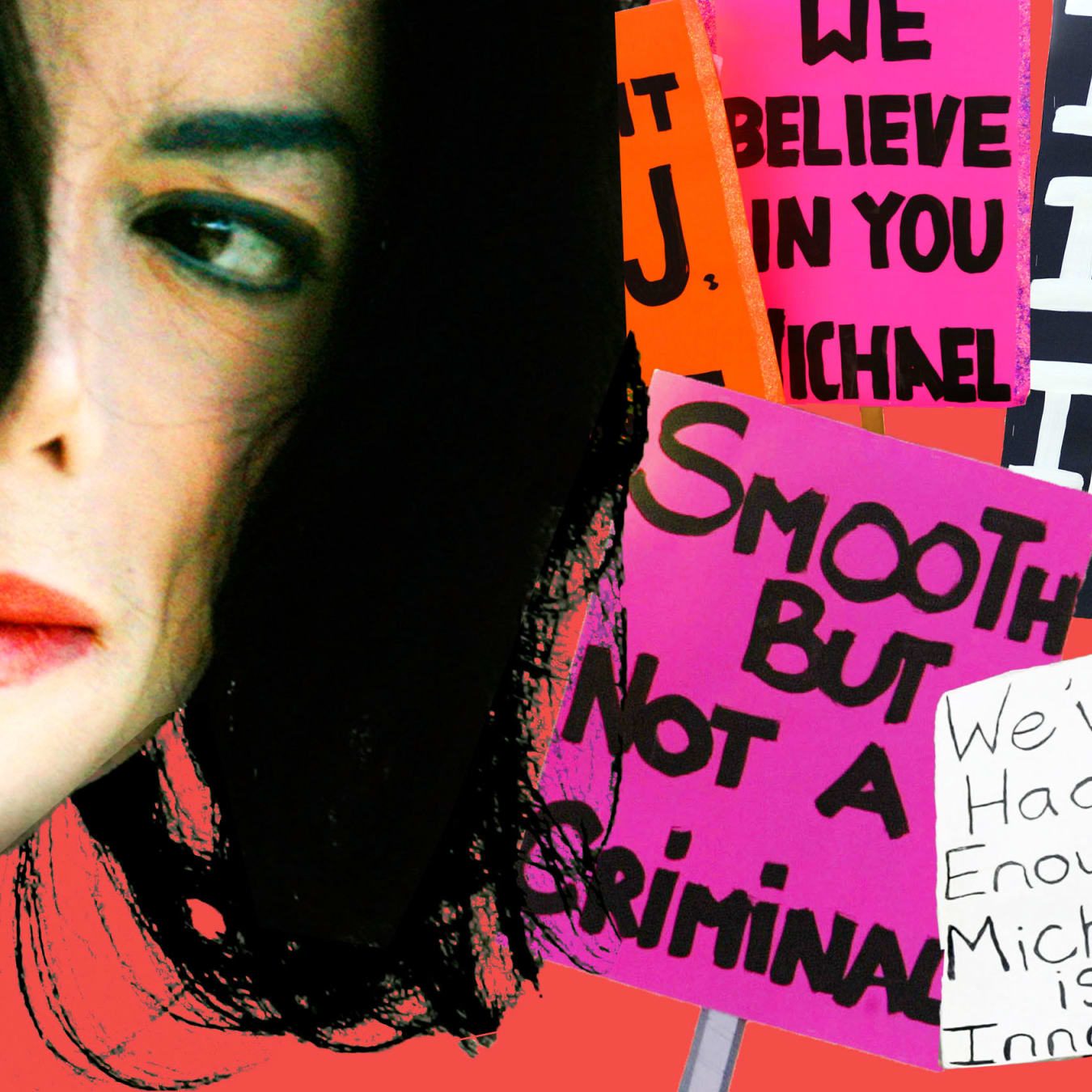
Jackson – or, more accurately, the cultural figure of Michael Jackson – was locked in a storm of public opinion that gained sympathetic contemporary media coverage from even the BBC, that he was simply misunderstood and the subject of invasive tabloid journalism and filming, like Truman Burbank.
[rtk_adunit_bottom]
5. The final scene makes reference to the Bible
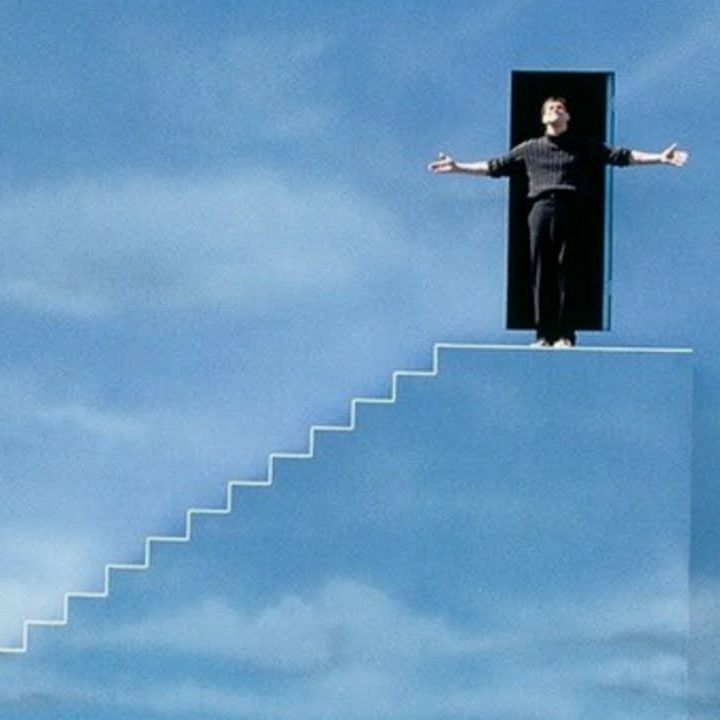
Much as we might fantasise about how The Truman Show might have continued, it was inevitable that Truman would figure out his world wasn’t real – and it invites all of the existential questions you might expect.
[rtk_adunit_top]
Still live on air, Truman reaches the ocean, and then finds a boat in which to sail to the horizon. And, importantly – though it’s not mentioned in the script – the sail is emblazoned with the number 139. It’s easy to miss in the mind-spinning climax of the film, but that number is no accident.
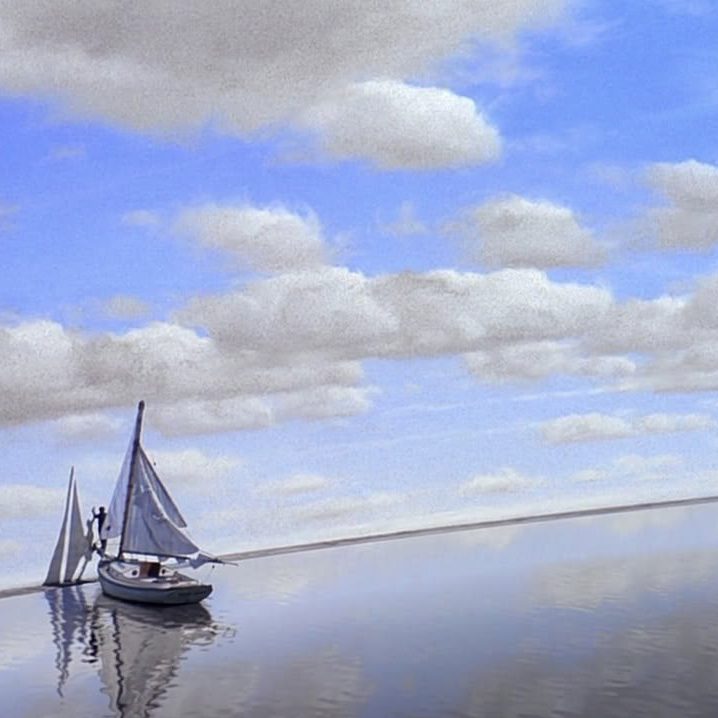
139 is a reference to Psalm 139, a Bible passage best known for its description of the relationship between humankind and its creator.
[rtk_adunit_middle]
“Truman,” says Christof, “I’ve watched you your whole life. I saw you take your first step, your first word, your first kiss. I know you better than you know yourself.”
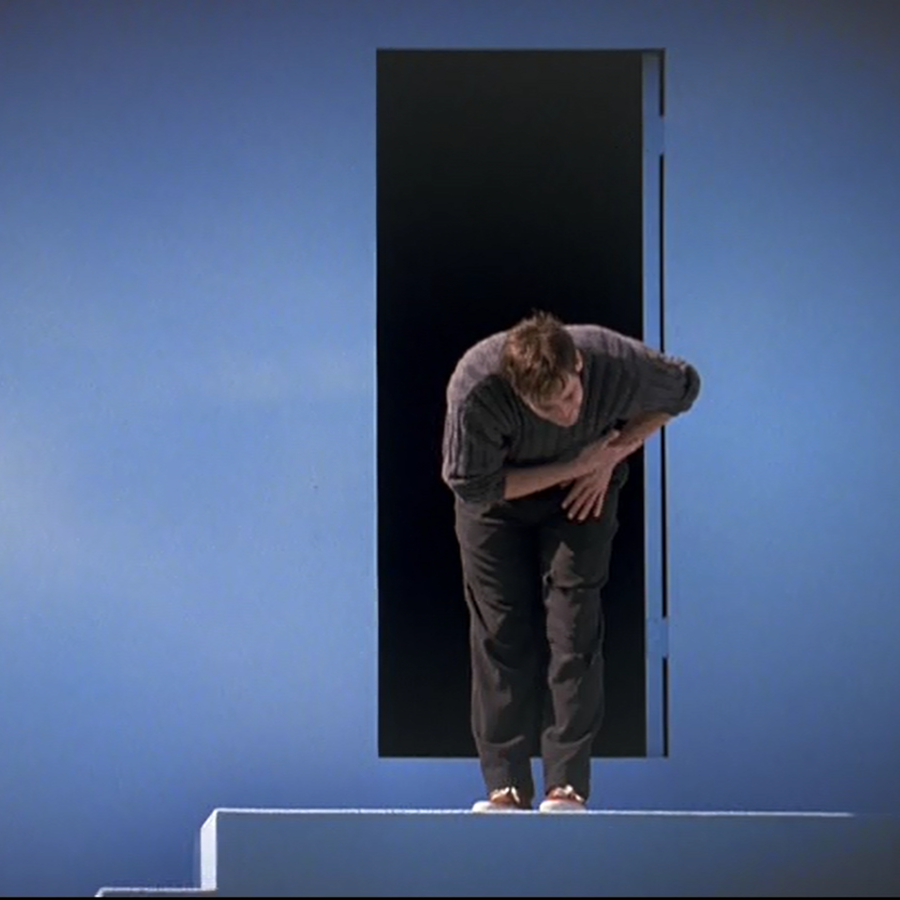
“For you created my inmost being; you knit me together in my mother’s womb,” reads the psalm. “Your eyes saw my unformed body; all the days ordained for me were written in your book before one of them came to be.”
[rtk_adunit_bottom]
4. Or maybe it’s a reference to Narnia?
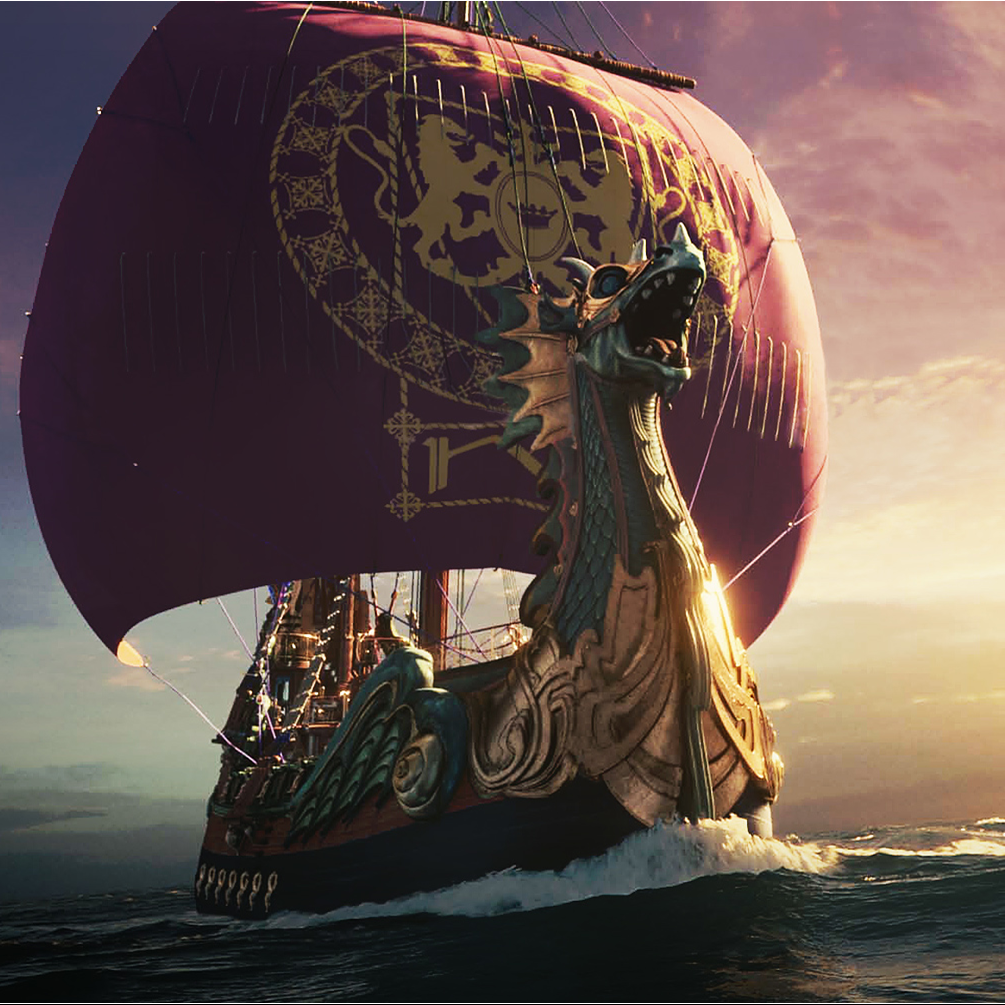
Stick with us on this one. It might be easier to believe that the ending of the Truman Show is more directly intertwined with the Bible, but the similarities between the ending of the film and the third Narnia novel, The Voyage of the Dawn Treader, are too striking to pass up.
[rtk_adunit_top]
In the novel, the children Lucy and Edmund are initially travelling in the titular Dawn Treader, but the water becomes too shallow to continue. As a result, they chart a smaller boat to reach the very edge of the world.

When they arrive, they find a blue wall that stretches up as far as the eye can see – like Truman in the film – and then they encounter a lamb which reveals itself to be Aslan. It’s common knowledge that Aslan is a stand-in for God in the Narnia novels, much as Truman has a conversation with Christof, his own god-like figure.
[rtk_adunit_middle]
Then Lucy and Edmund travel through a doorway in order to leave Narnia and return to the ‘real’ world, just as Truman abandons his false reality.
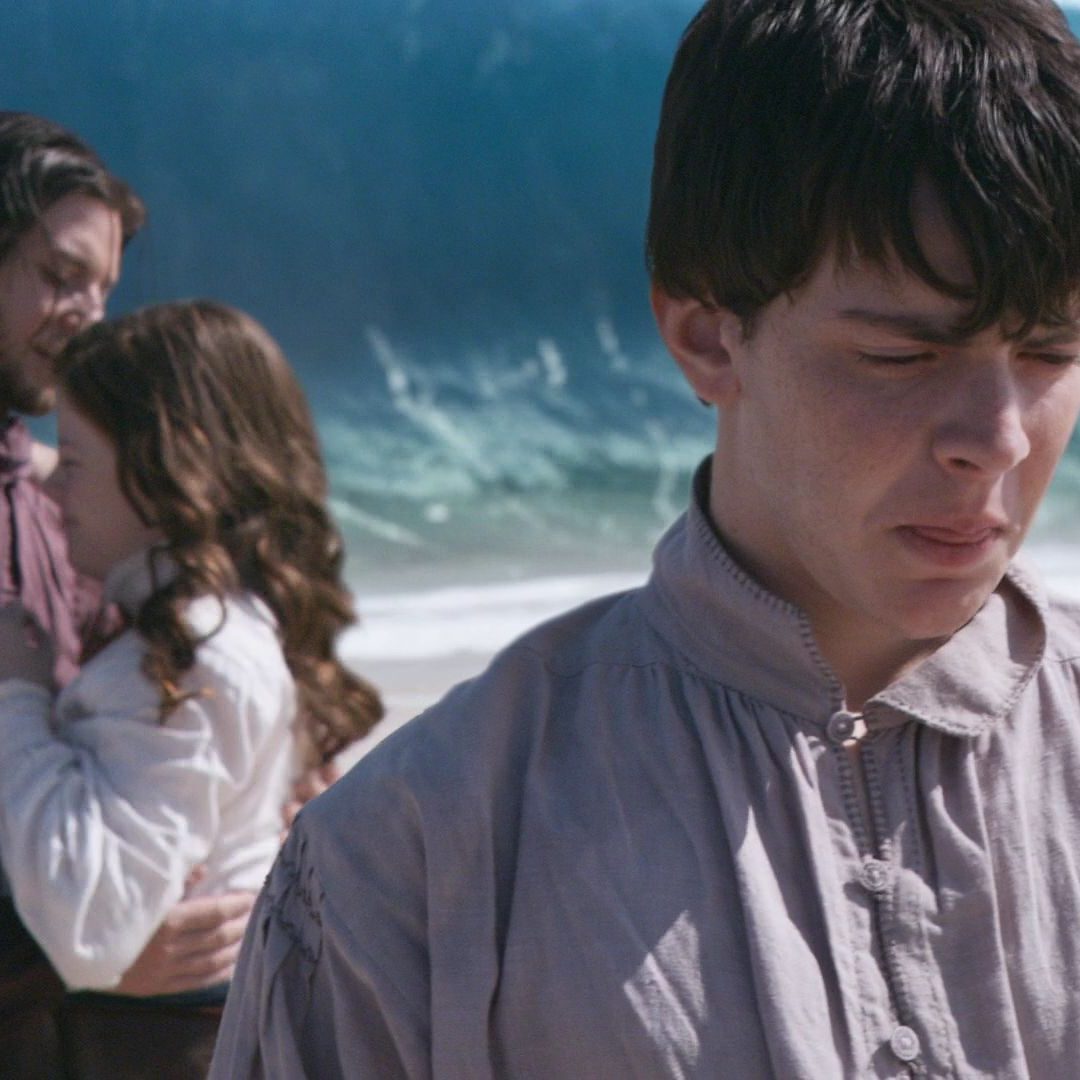
The Voyage of the Dawn Treader and The Truman Show are hardly the first examples of media portraying the edge of the world as an ocean, but the sequence of events does convincingly align.
[rtk_adunit_bottom]
3. The original script was going to be much darker
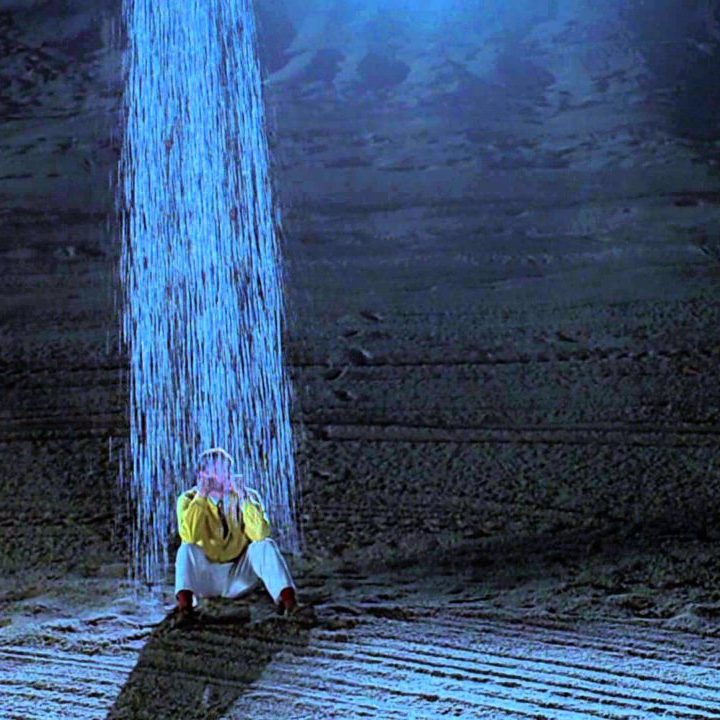
On the spectrum of Jim Carrey films, The Truman Show is definitely one of the darker and more dramatic ones – but it certainly doesn’t reach the steely-faced seriousness of something like Eternal Sunshine of the Spotless Mind (2004). But it might have.
[rtk_adunit_top]
In Andrew Niccol’s original screenplay, the tone was far darker, and the spec script was originally billed as a sci-fi thriller. In that universe, the world was very different to the utopian vision we see in the ultimate film.

One of the stand-out examples is that the original screenplay detailed staged crimes that attempted to provoke a response from Truman as part of a psychological experiment. Truman witnesses a rape – as staged by actors – but does nothing; the actors are baffled by his lack of empathy.
[rtk_adunit_middle]
In that script, Truman has a drinking problem, and it’s more explicitly stated that he has an active sex life with his wife, and his confrontation of her is far more aggressive.
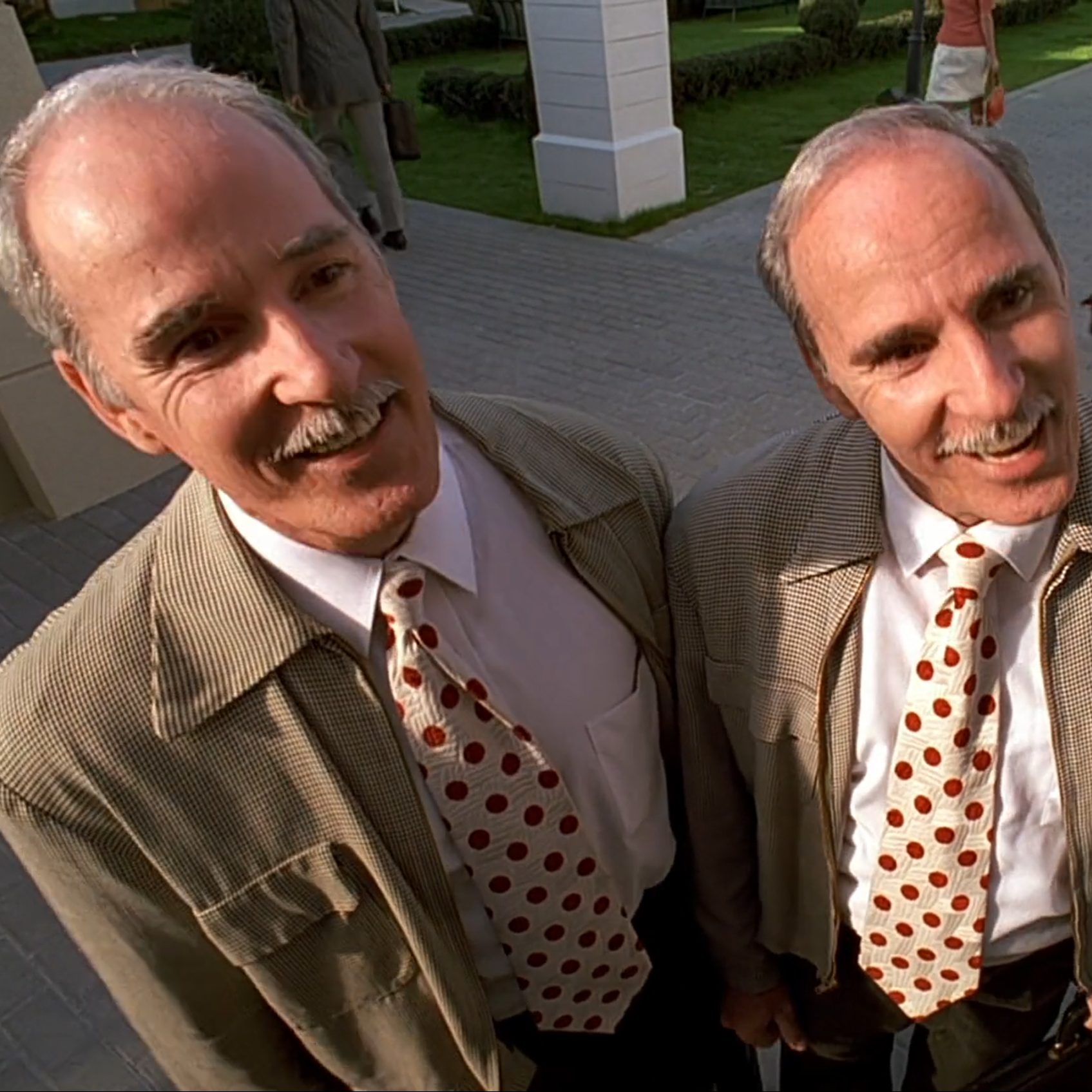
And rather than leaving the fake world at the end of the film, Truman would have confronted Christof on a rooftop and attempted to strangle him to death after realising the fraud to which he had been subjected.
[rtk_adunit_bottom]
2. The film is strikingly similar to a 16th century philosophy book
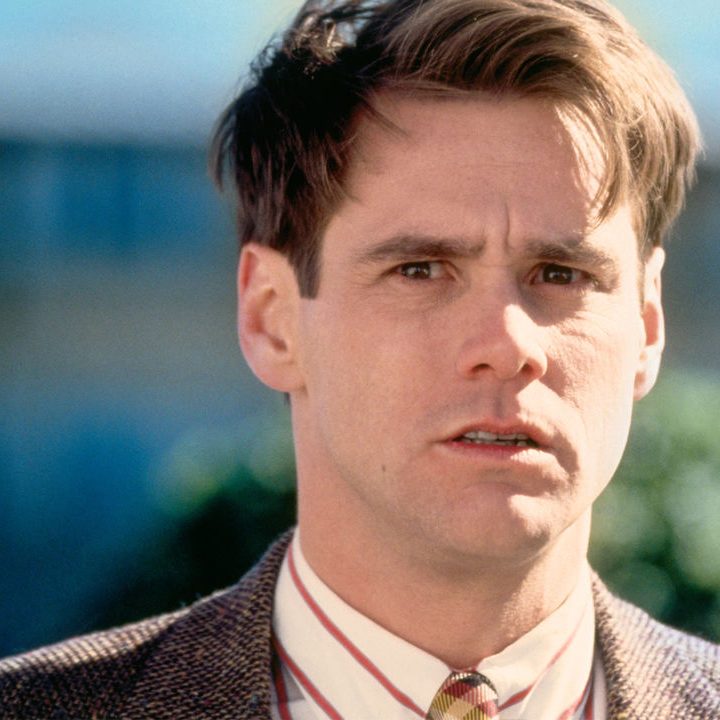
You wouldn’t think this zippy Jim Carrey comedy-drama would bear a resemblance to anything from the actual time of Shakespeare, the Mona Lisa, and the Ottoman Empire – but you’d be wrong.
[rtk_adunit_top]
Thomas More’s Utopia is a socio-political satire that not only discusses what the ideal world might look like, but actually coined the word ‘utopia’ – albeit in a tongue-in-cheek way.
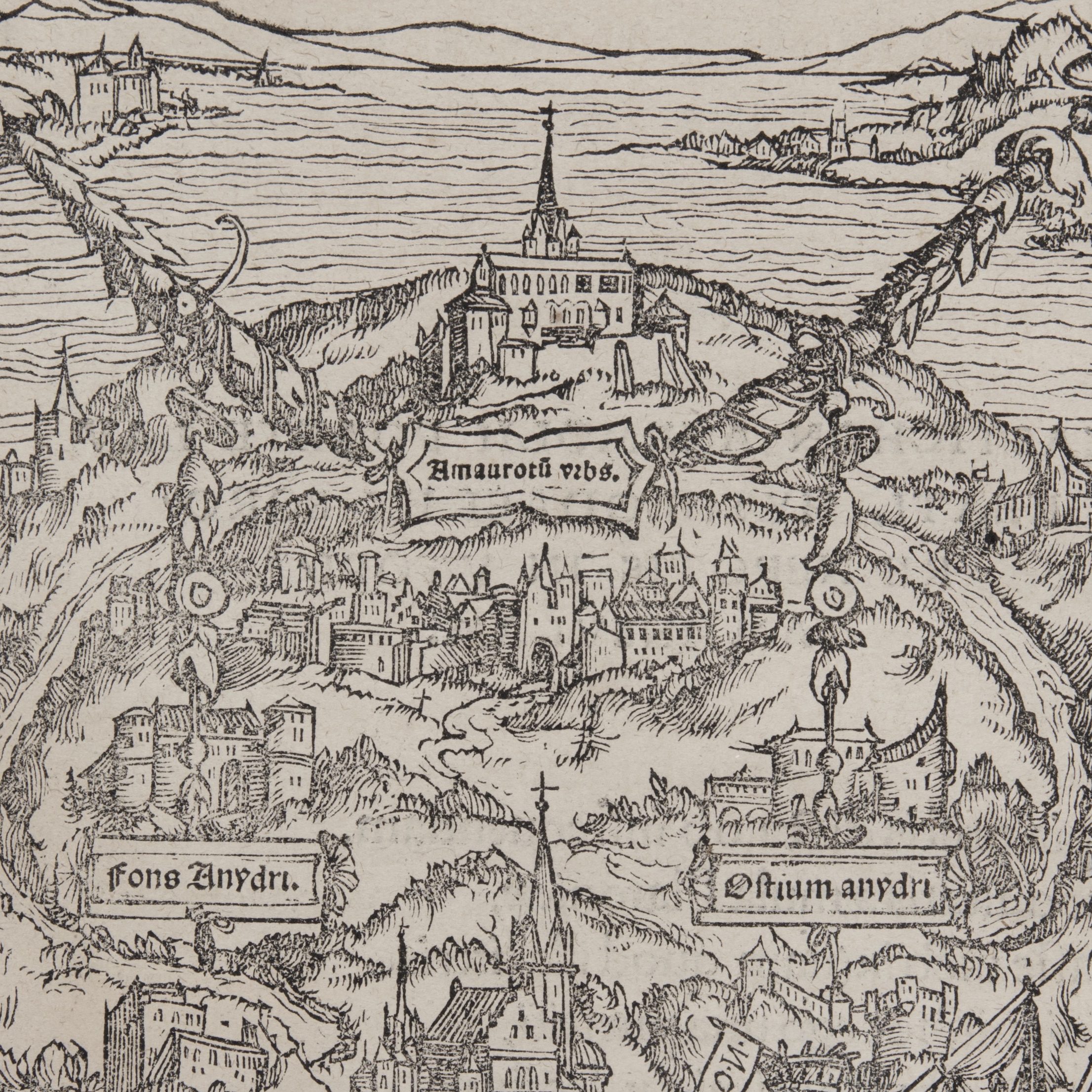
More’s book skewers kings for starting pointless wars, and criticises the privatisation of common land, describing in the process an island where all are equal – except for, uh, slaves.
[rtk_adunit_middle]
Truman Burbank’s neighbourhood bears some similarities to the island that More depicts – that it is enclosed by water and difficult to leave, and is populated by those with a common purpose. It just so happens that the common purpose is to keep Truman in the dark.

We’re not saying that Niccol turned to a book from 1516 to inspire his film, but it might give you some heart (or some despair) that the issues featured in the film are incredibly similar to those featured over half a millennium ago.
[rtk_adunit_bottom]
1. Gary Oldman filmed a scene as Truman Burbank

In our final and most fascinating aspect of The Truman Show’s roundabout route to filmic glory, it turns out that Bram Stoker’s Dracula (1992) star Gary Oldman shot a scene for the film when it was still in its pitching stages.
[rtk_adunit_top]
According to a Vanity Fair report put together for the film’s 20th anniversary, it was revealed that Paramount wanted to see a scene directed by Niccol, to see if he had the chops to direct the whole feature.
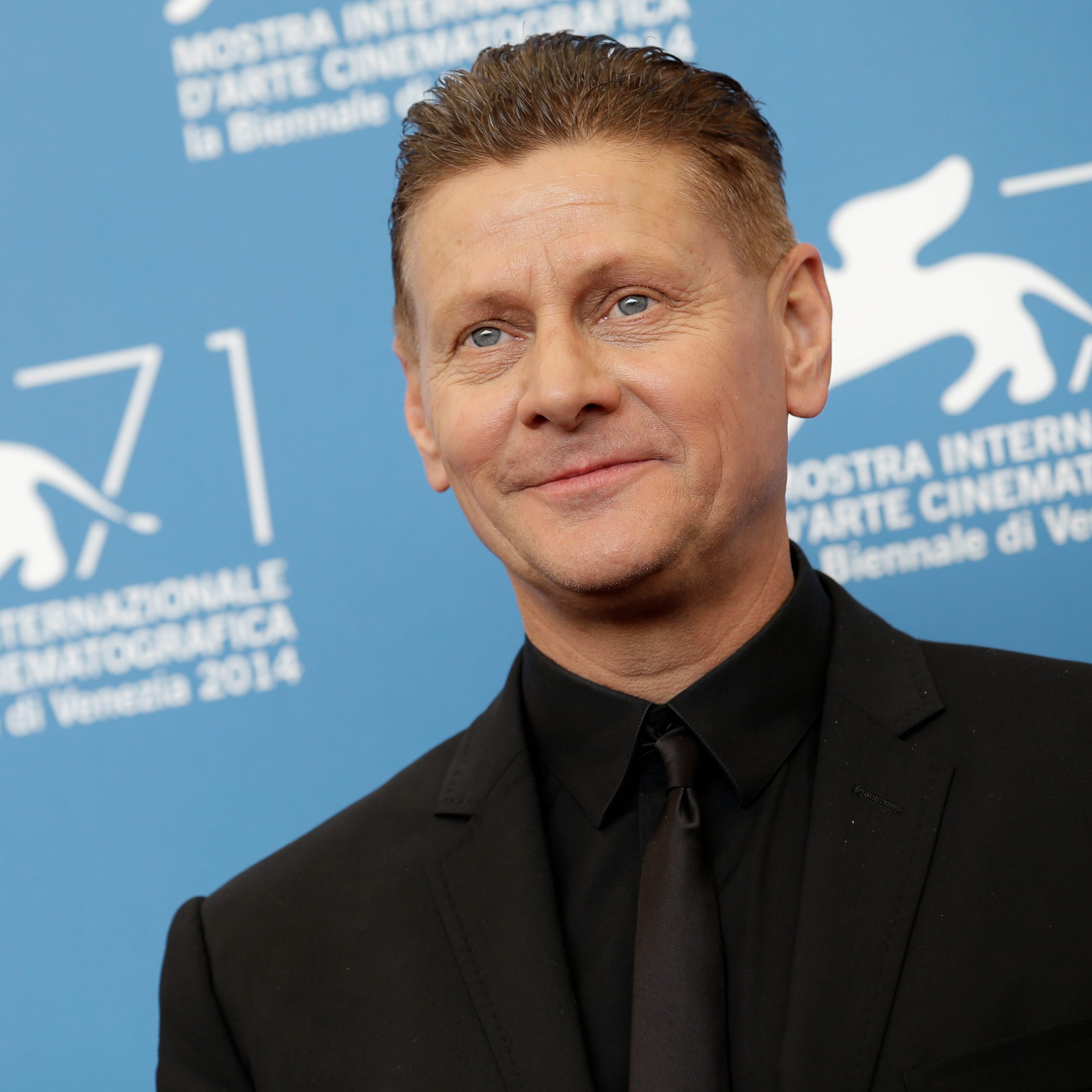
Producer Scott Rudin called in a favour, and managed to call in Gary Oldman to fill the role of Truman. According to Lynn Pleshette, Niccol’s literary agent, “[Oldman] said, ‘Look, nobody cares about me in this. The star is the script.’”
[rtk_adunit_middle]
Reflecting the darker tone of the original script, the scene sees Truman – suspicious that his world is fake – holding a baby hostage and demanding its mother reveal that she knows his name. After he hands the baby bag, she says “Thank you, Truman.”
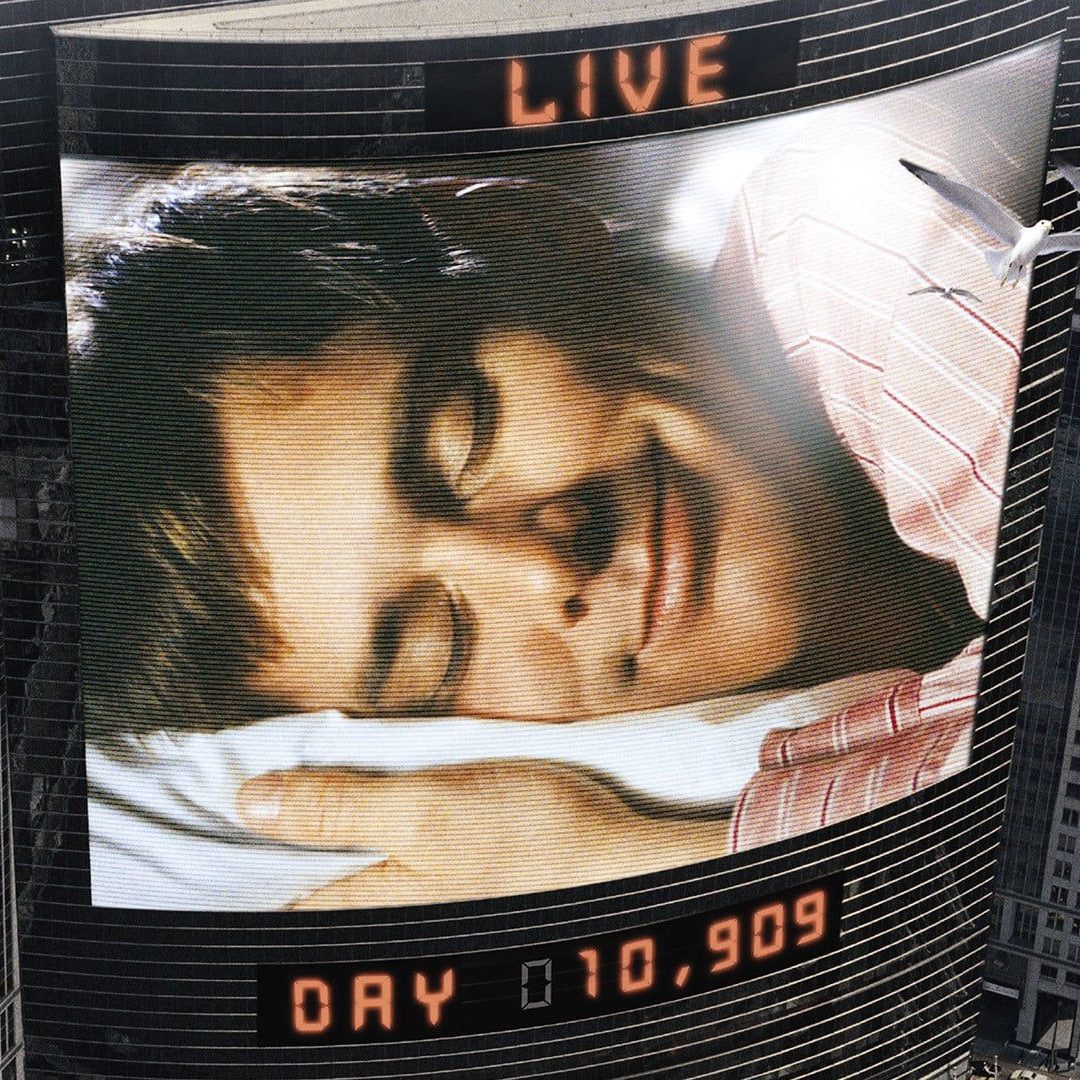
When Weir was brought in, he expressed admiration for the script, but noted its fatal flaw: “Why would millions tune in 24/7 to something grim and depressing?” And thus The Truman Show, as we know it, was born.
[rtk_adunit_end]

